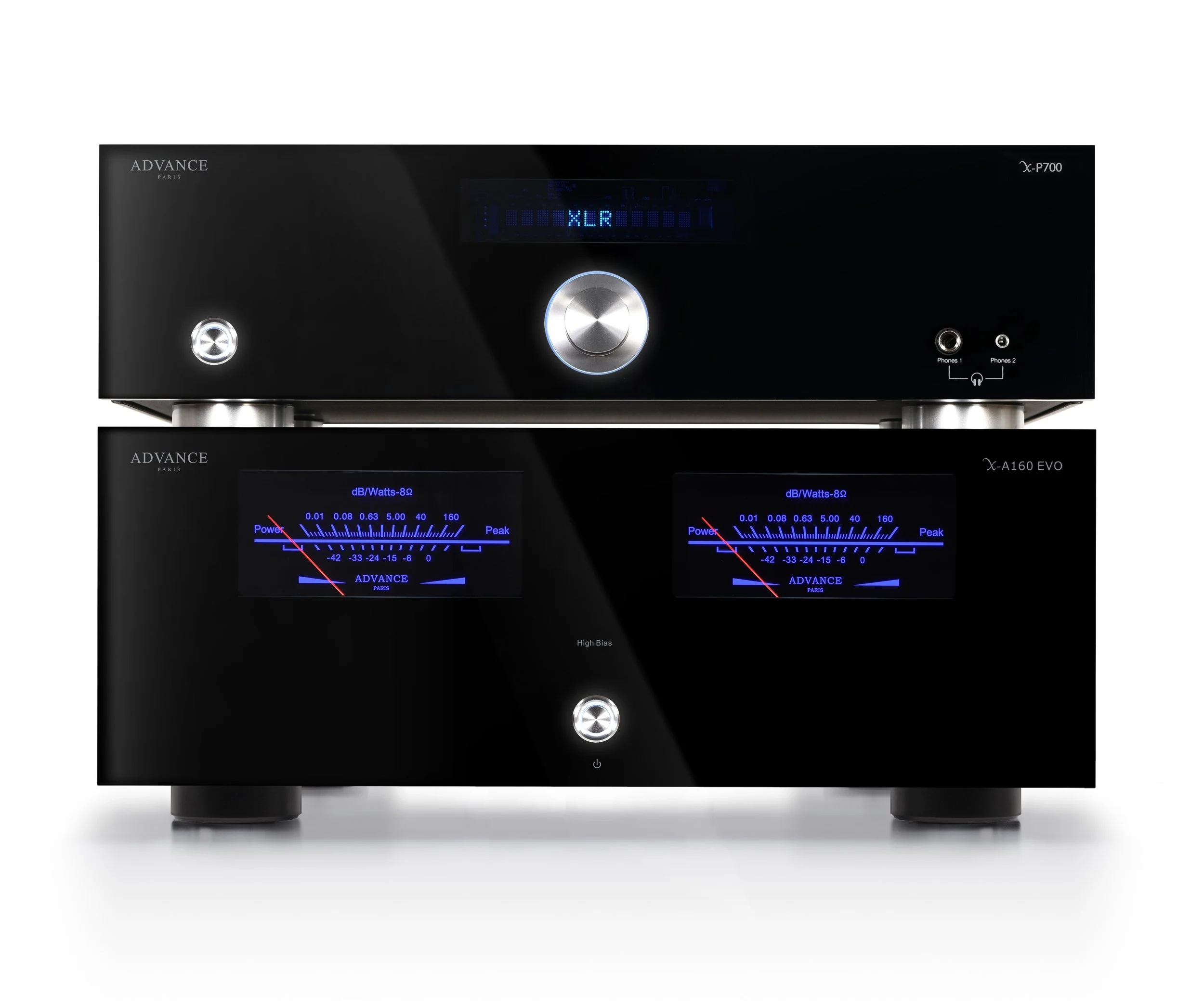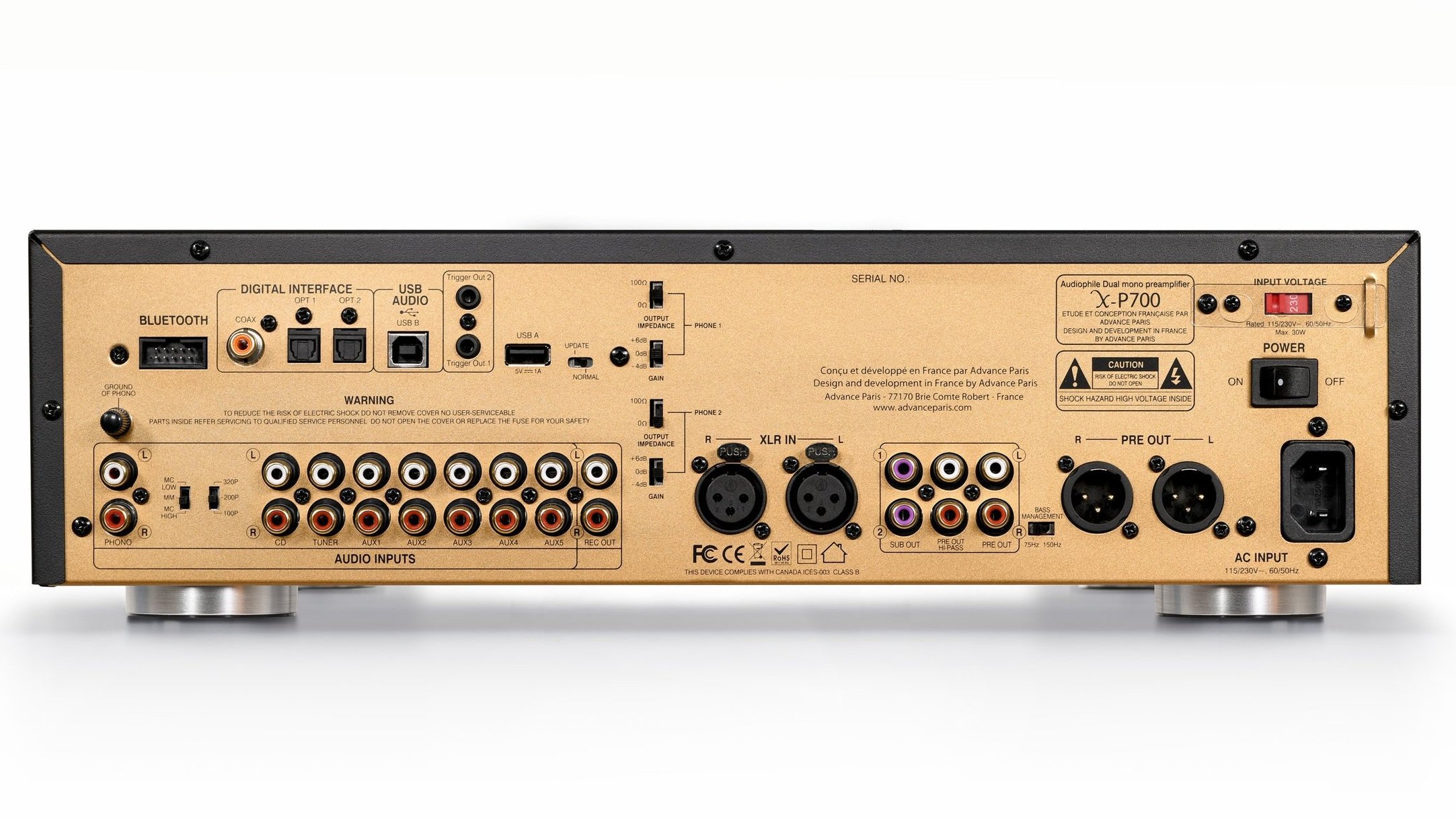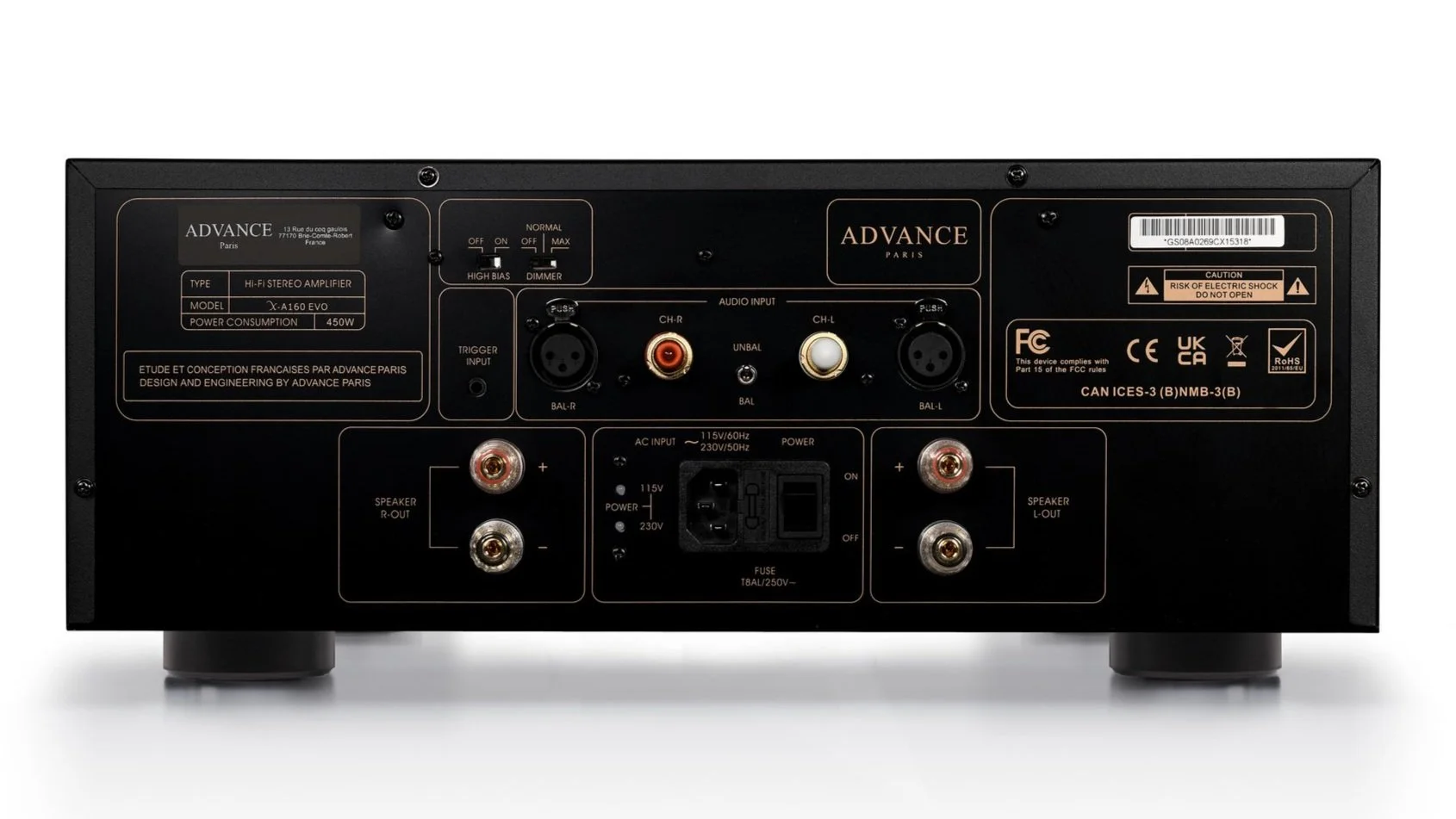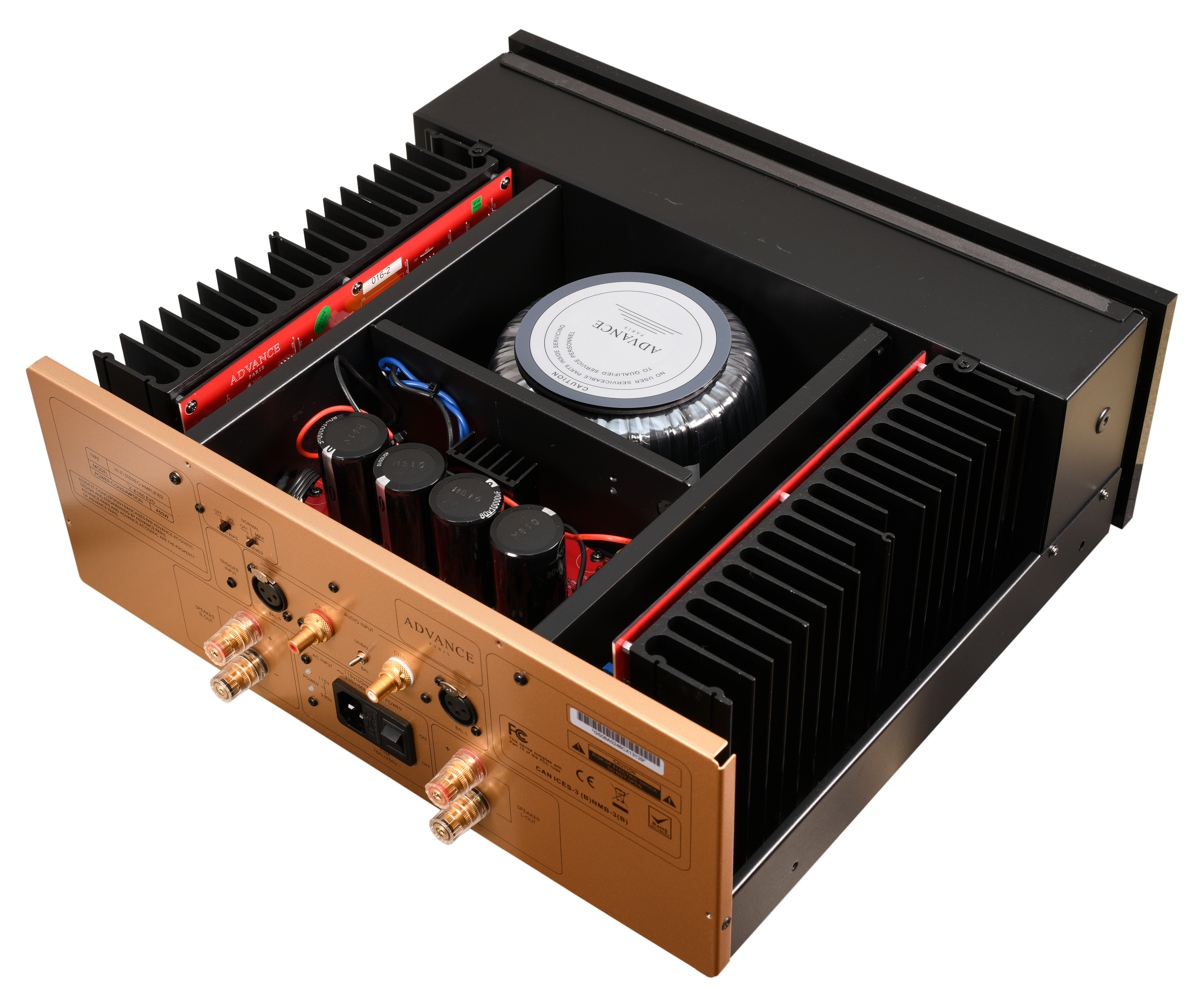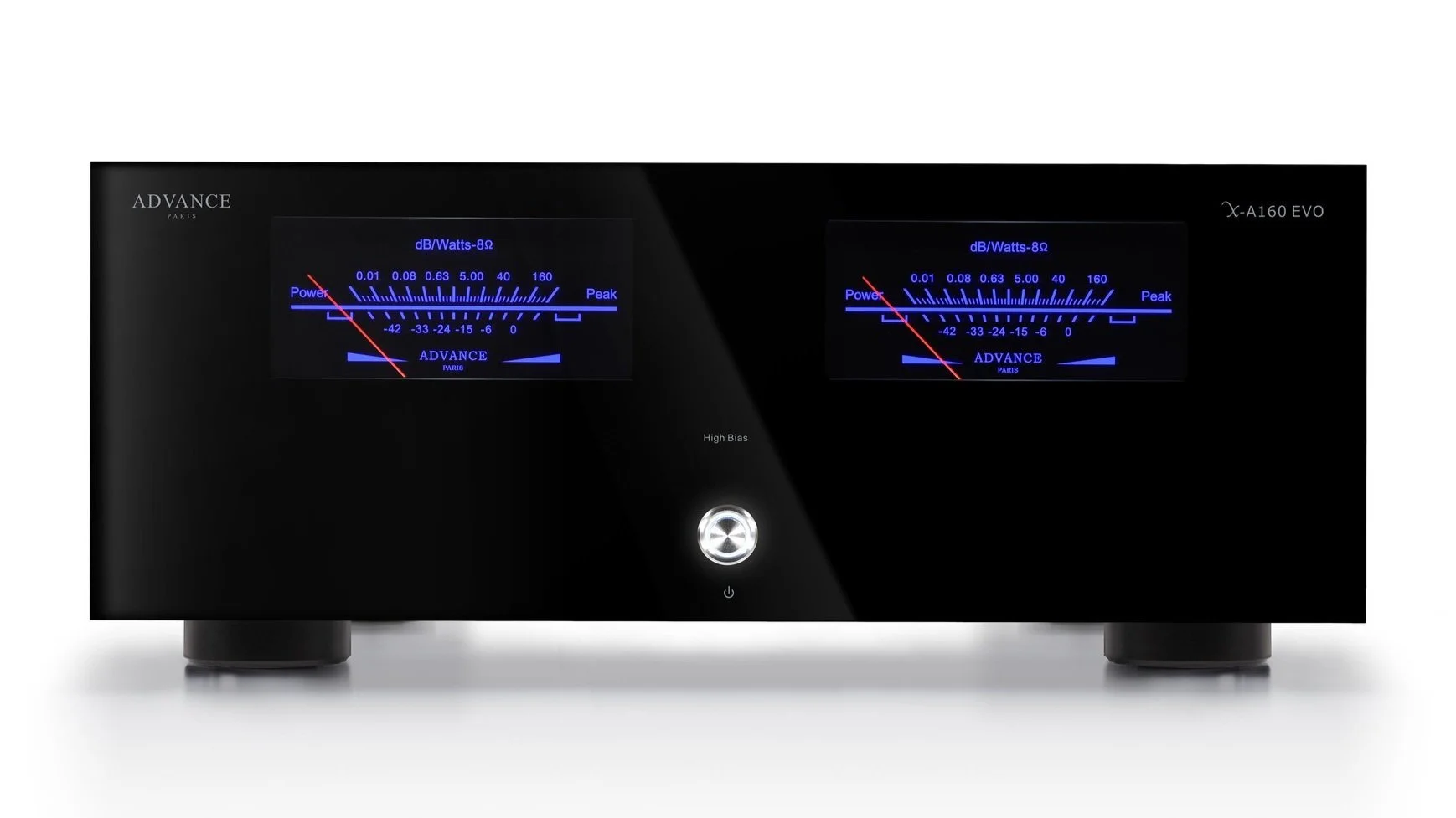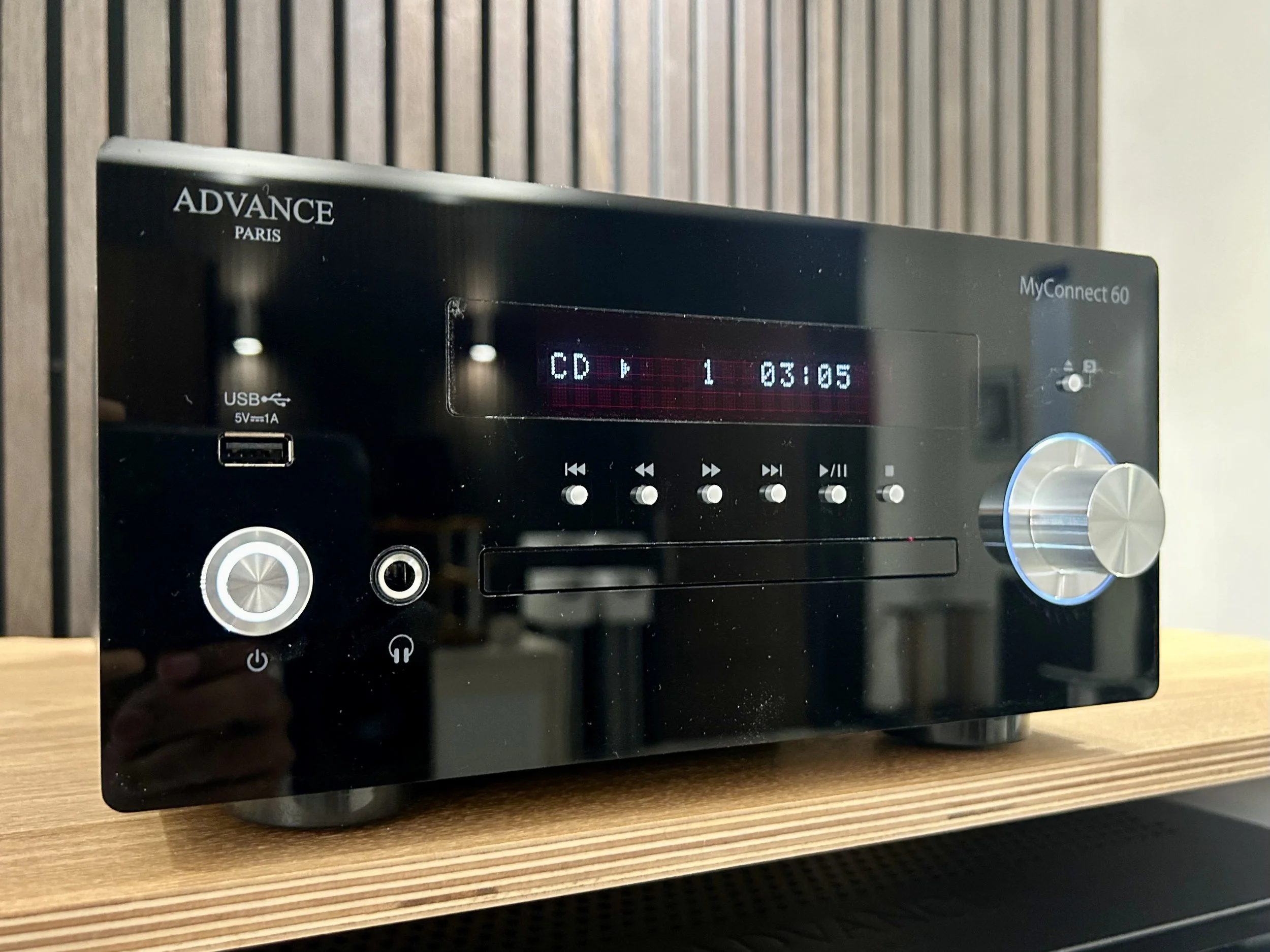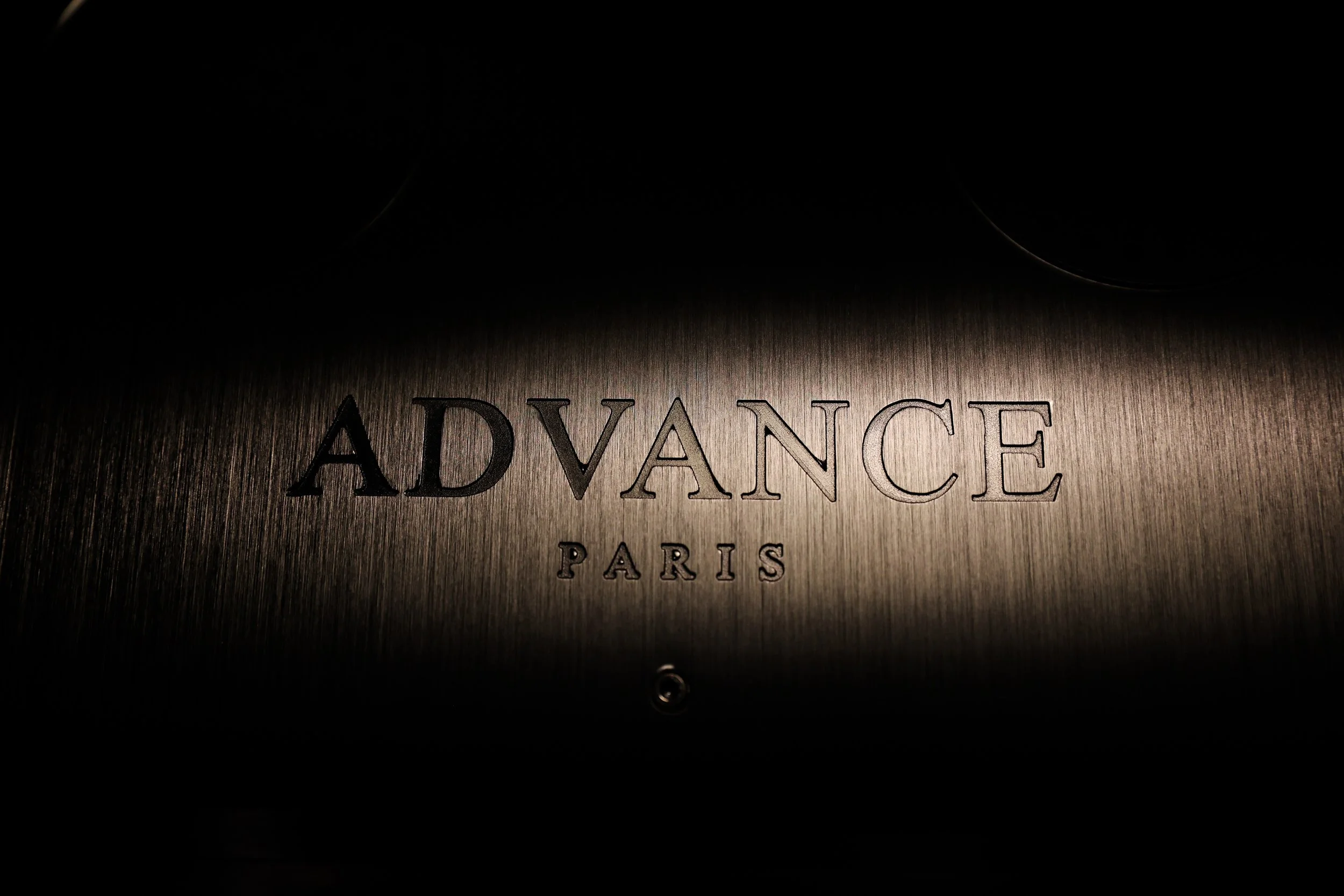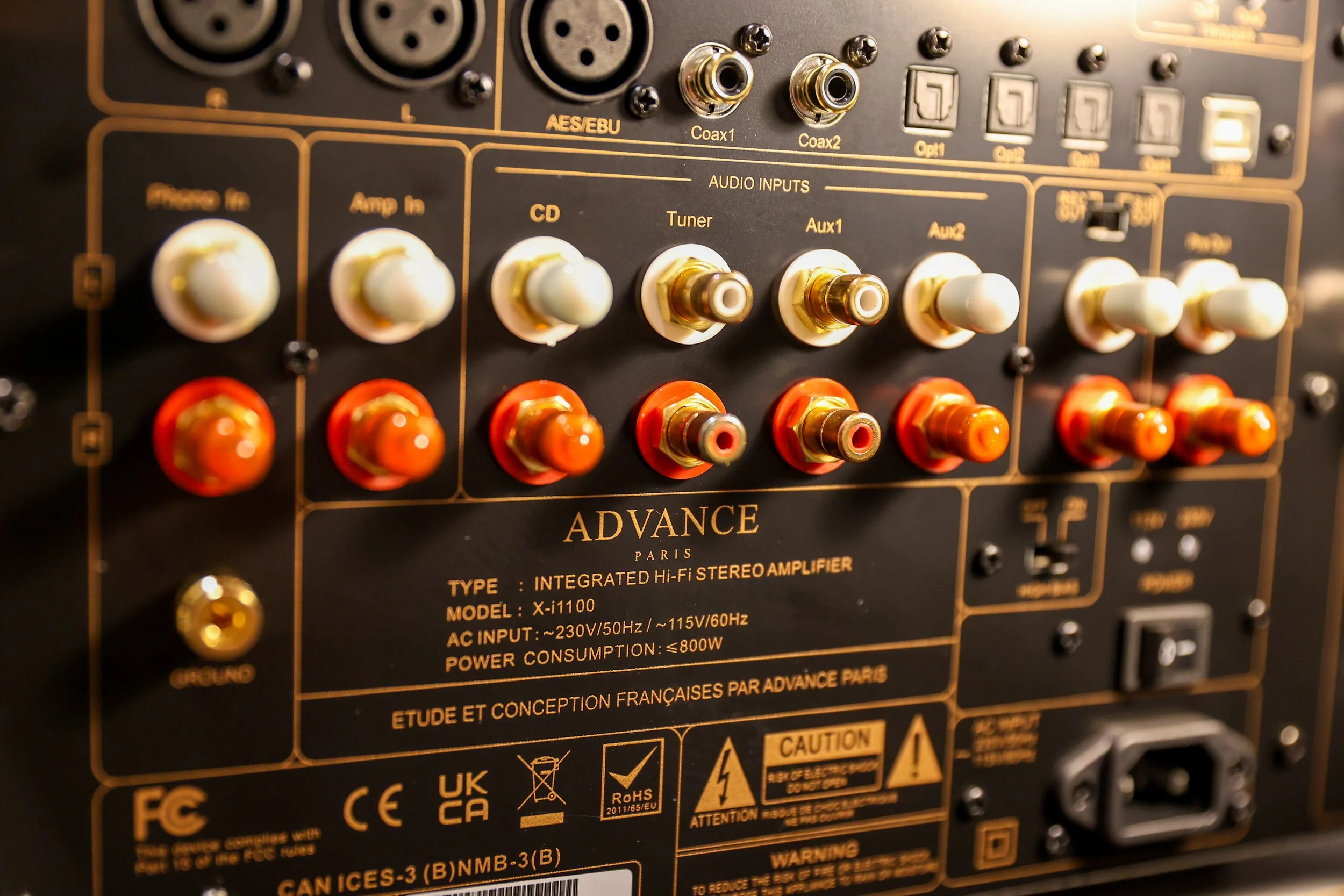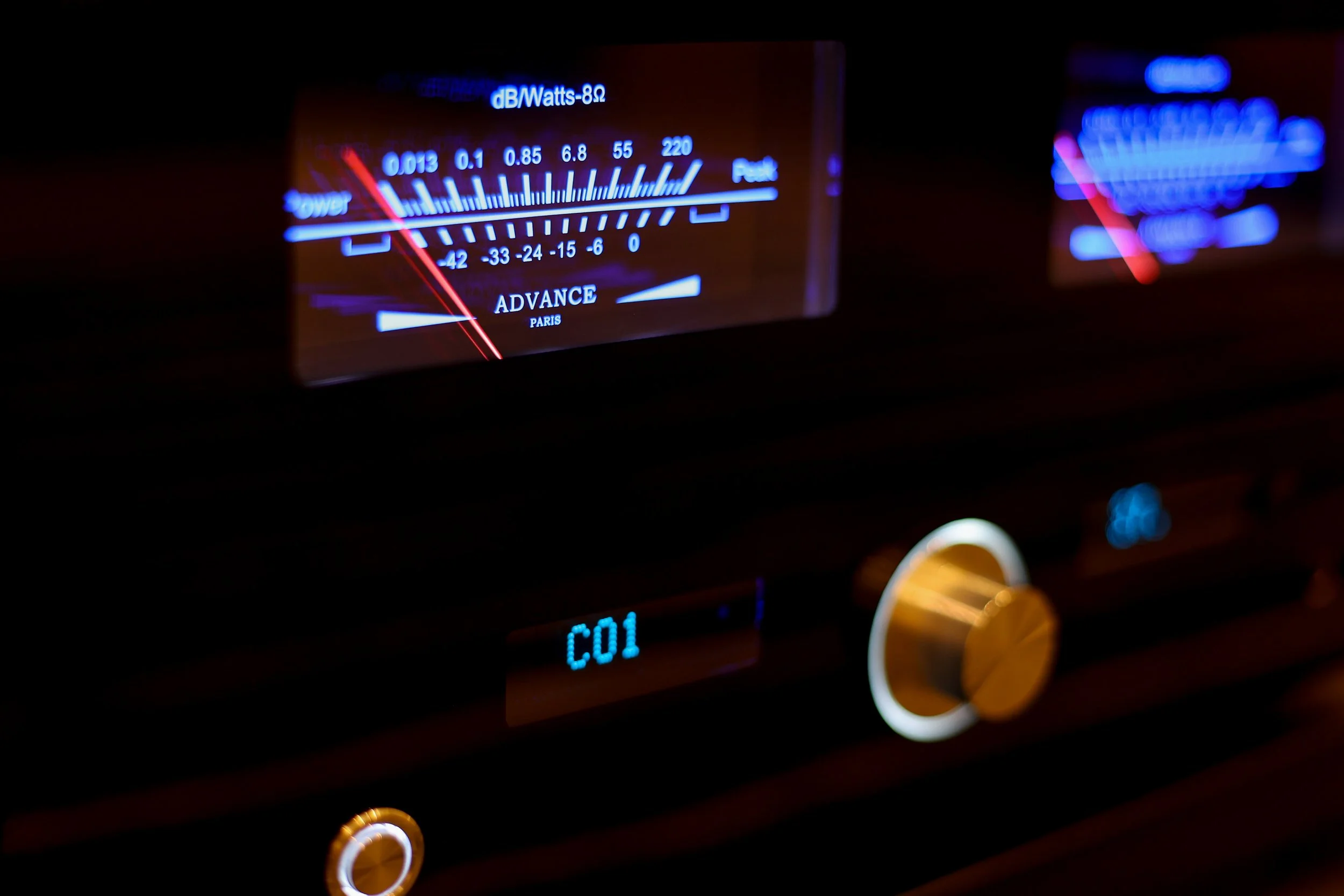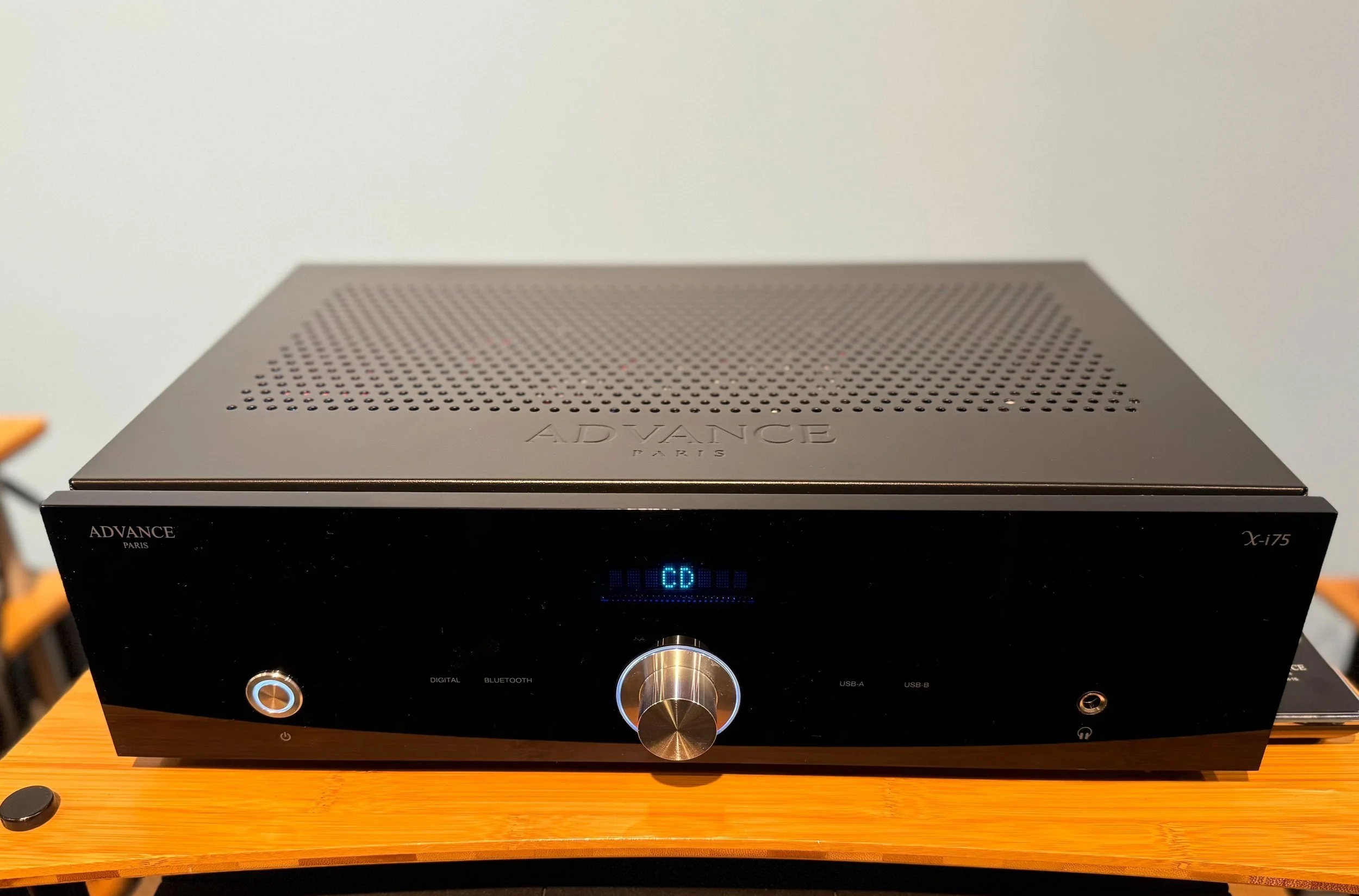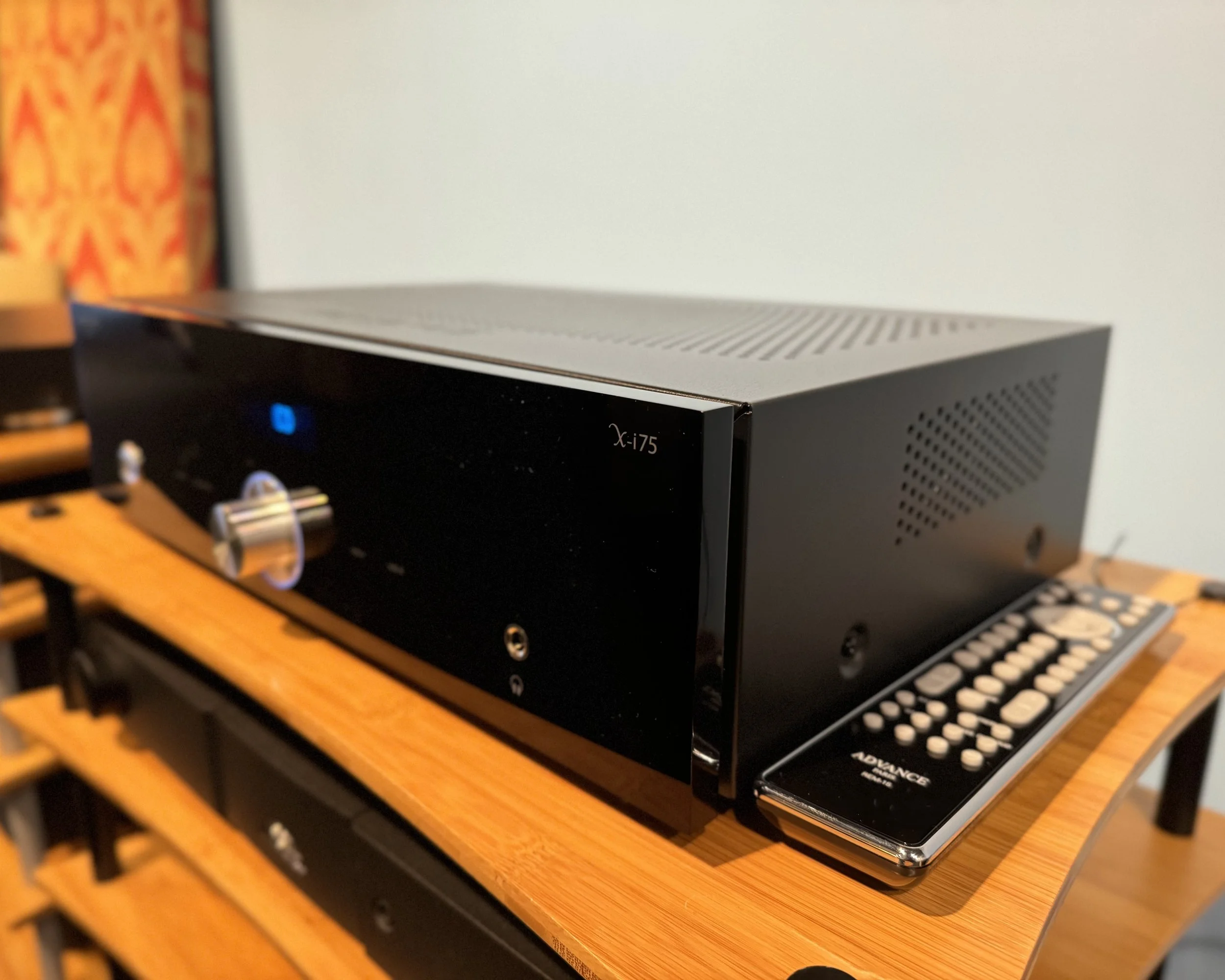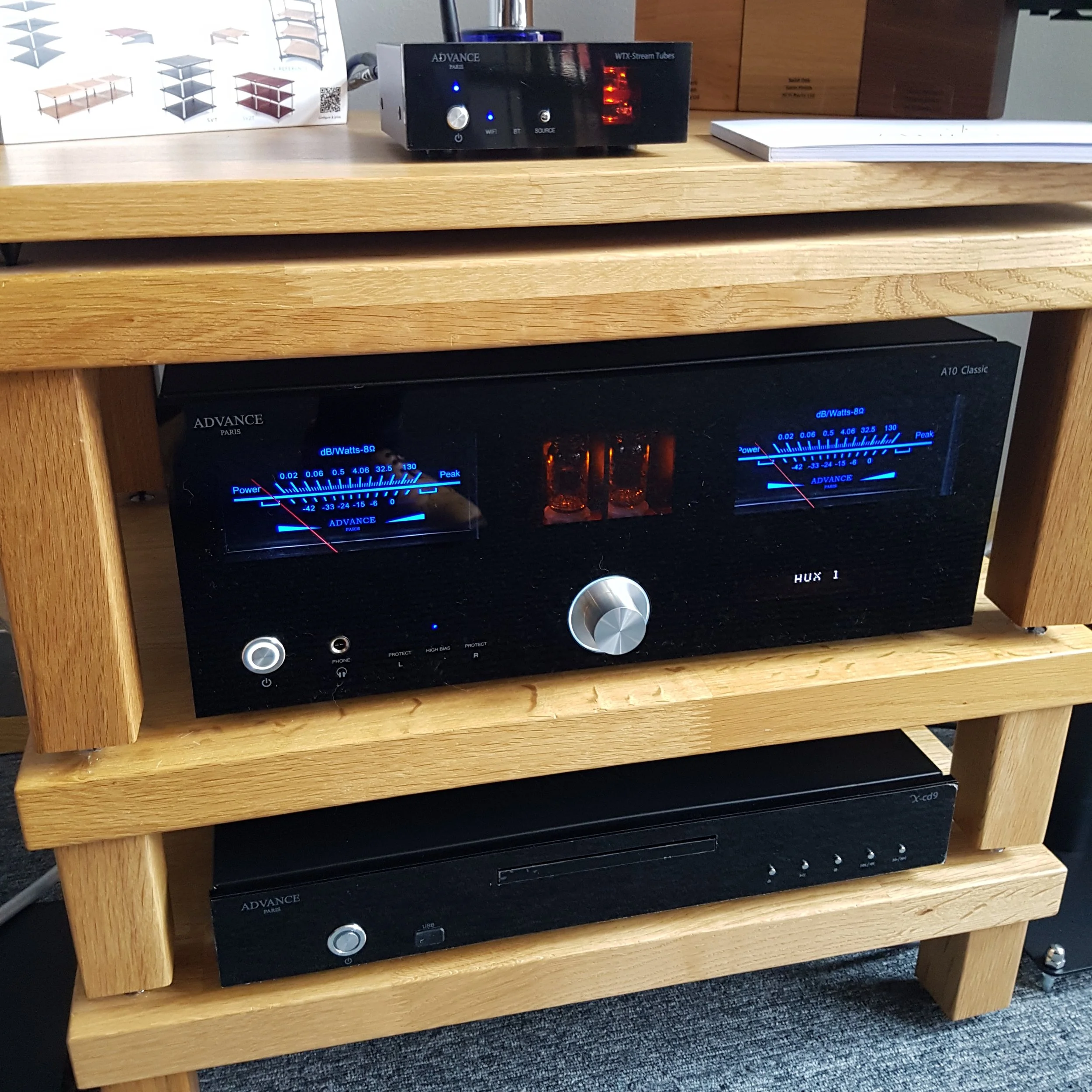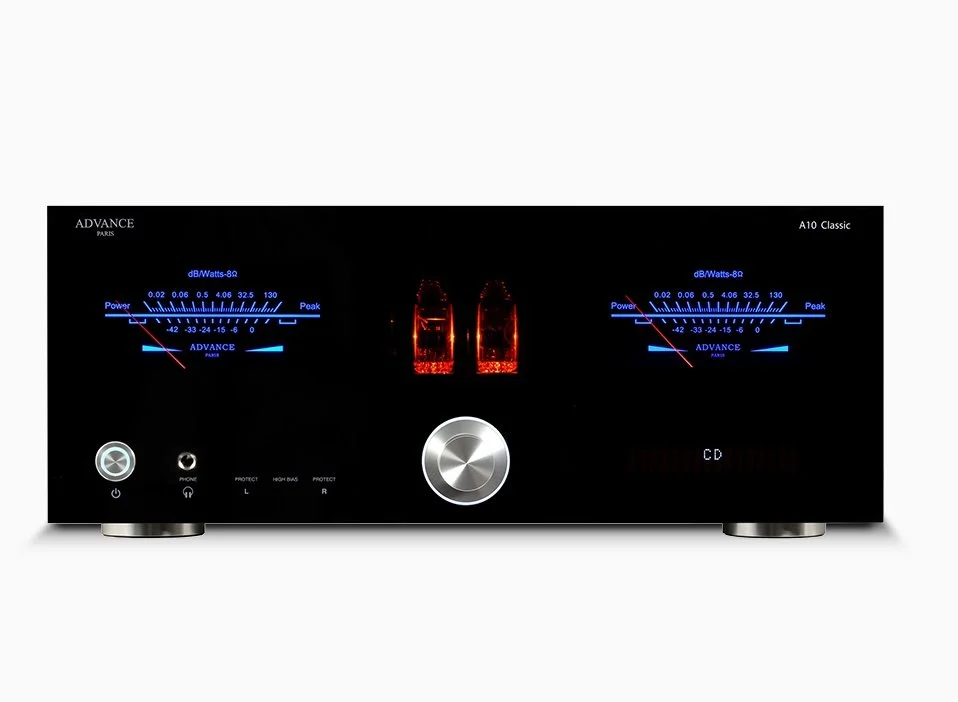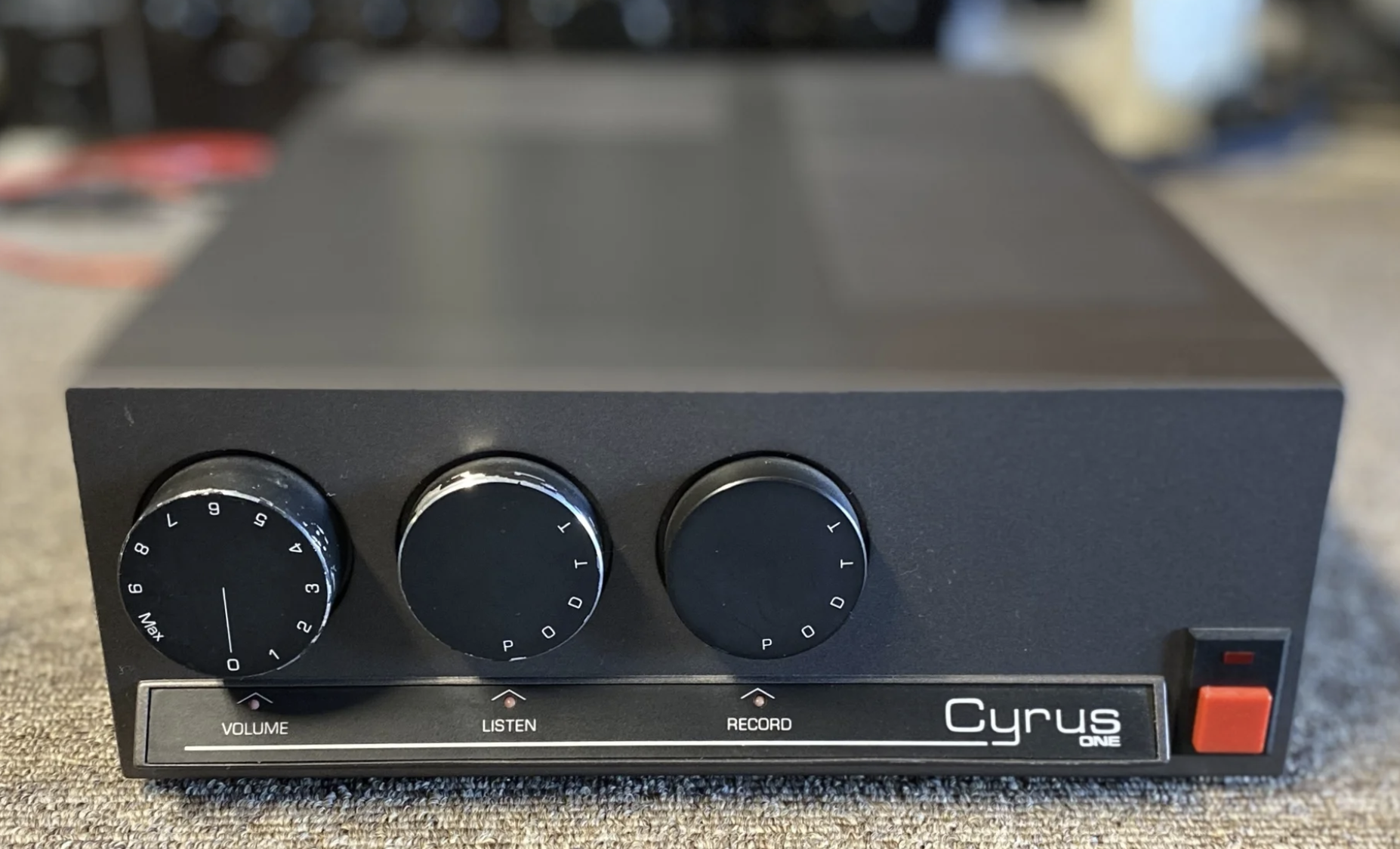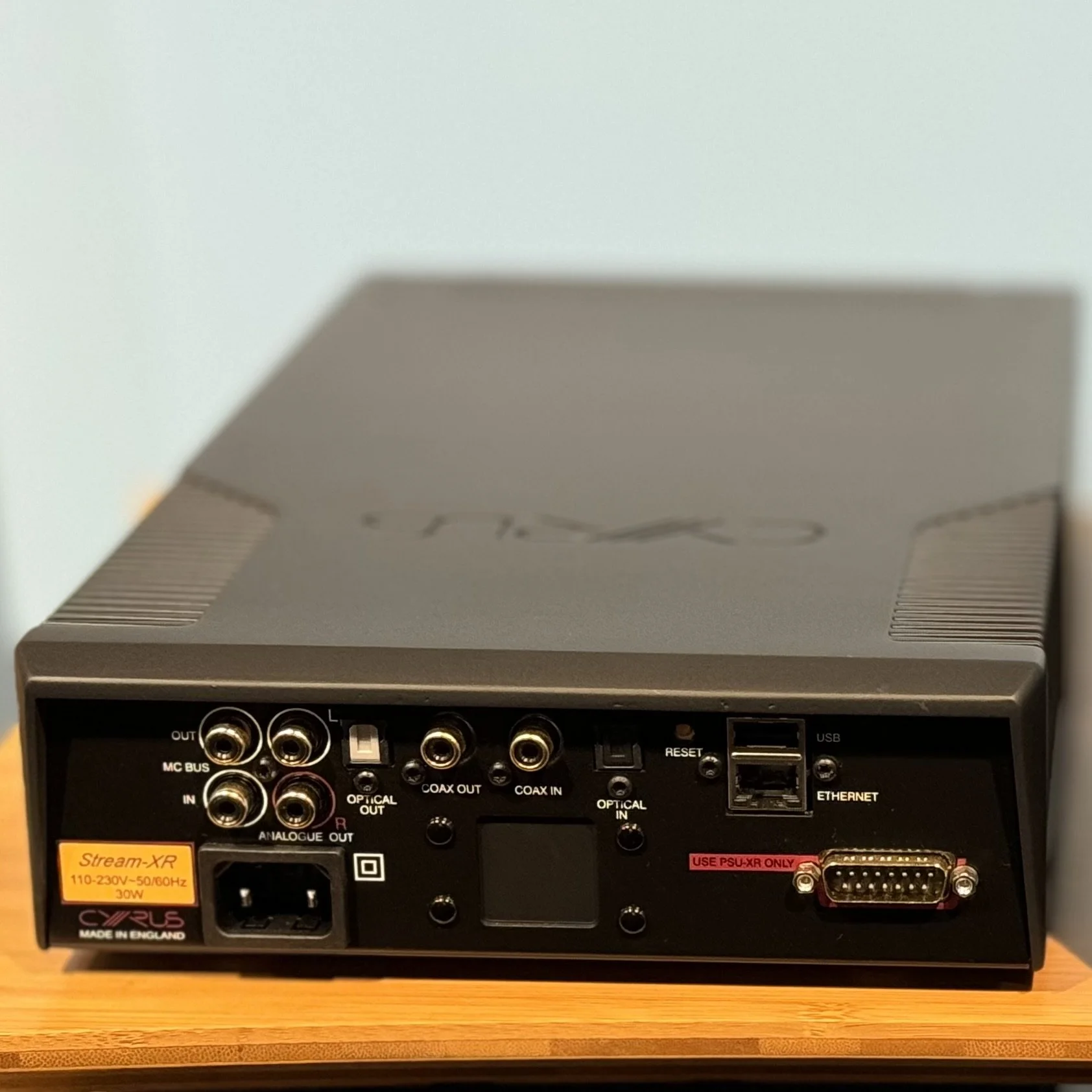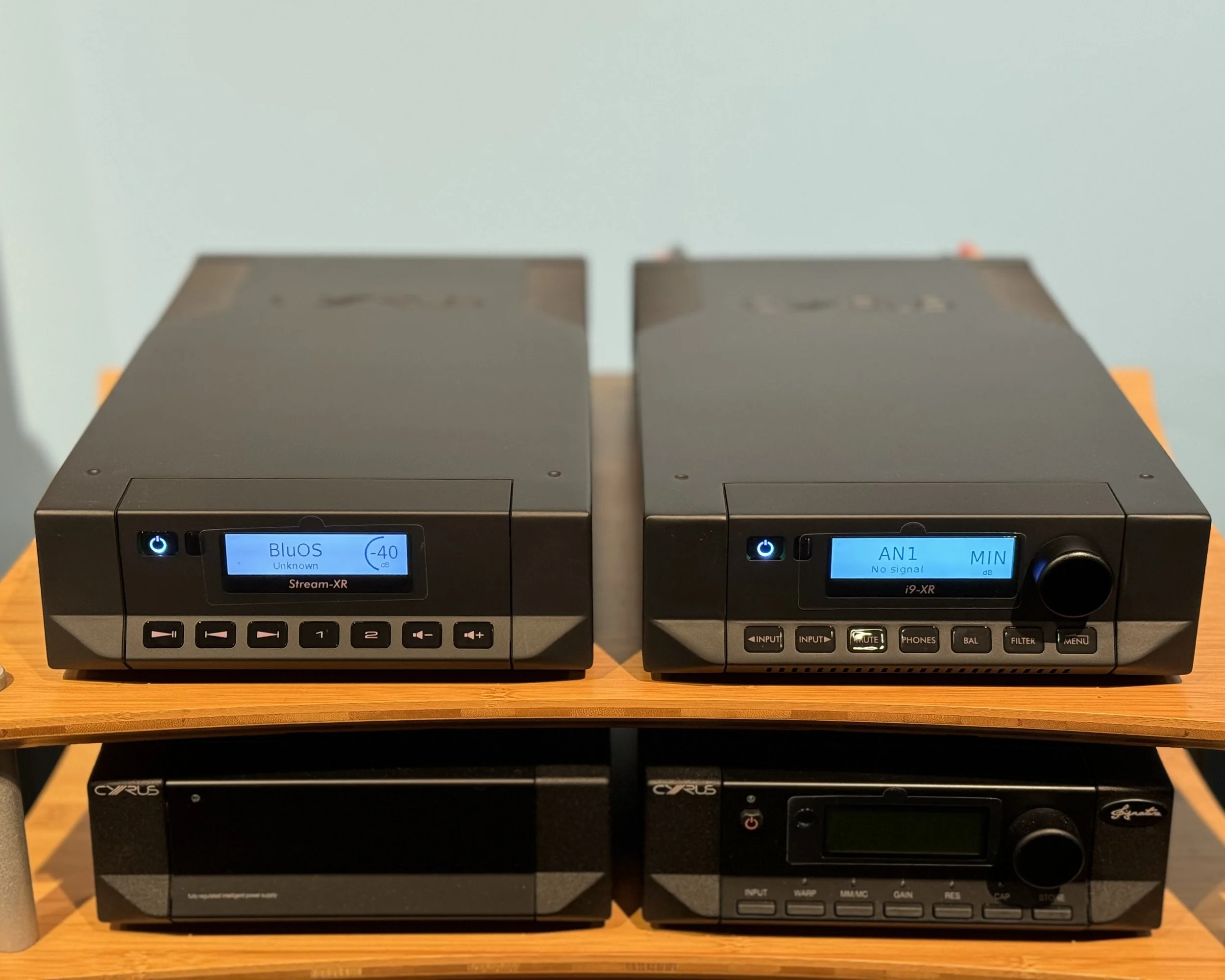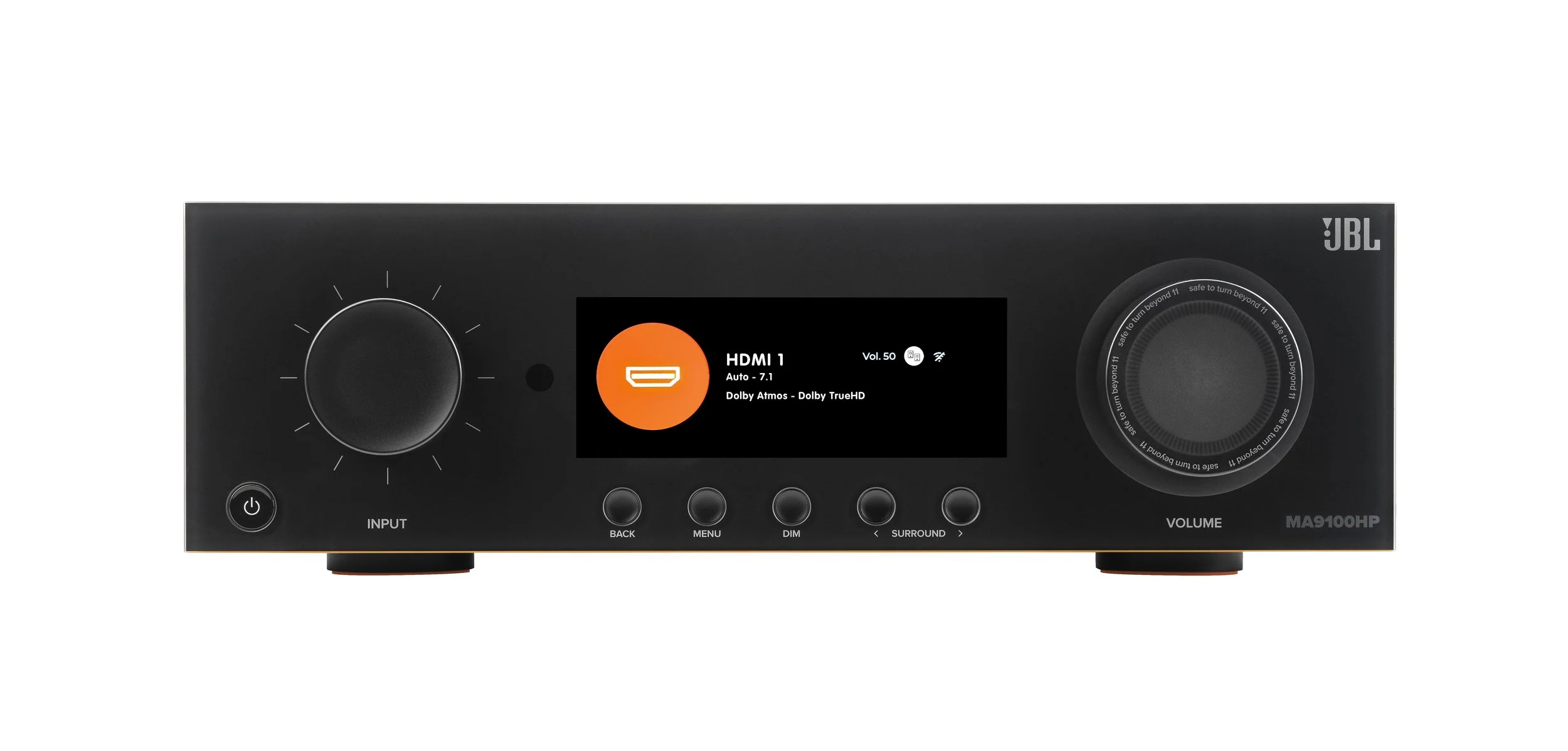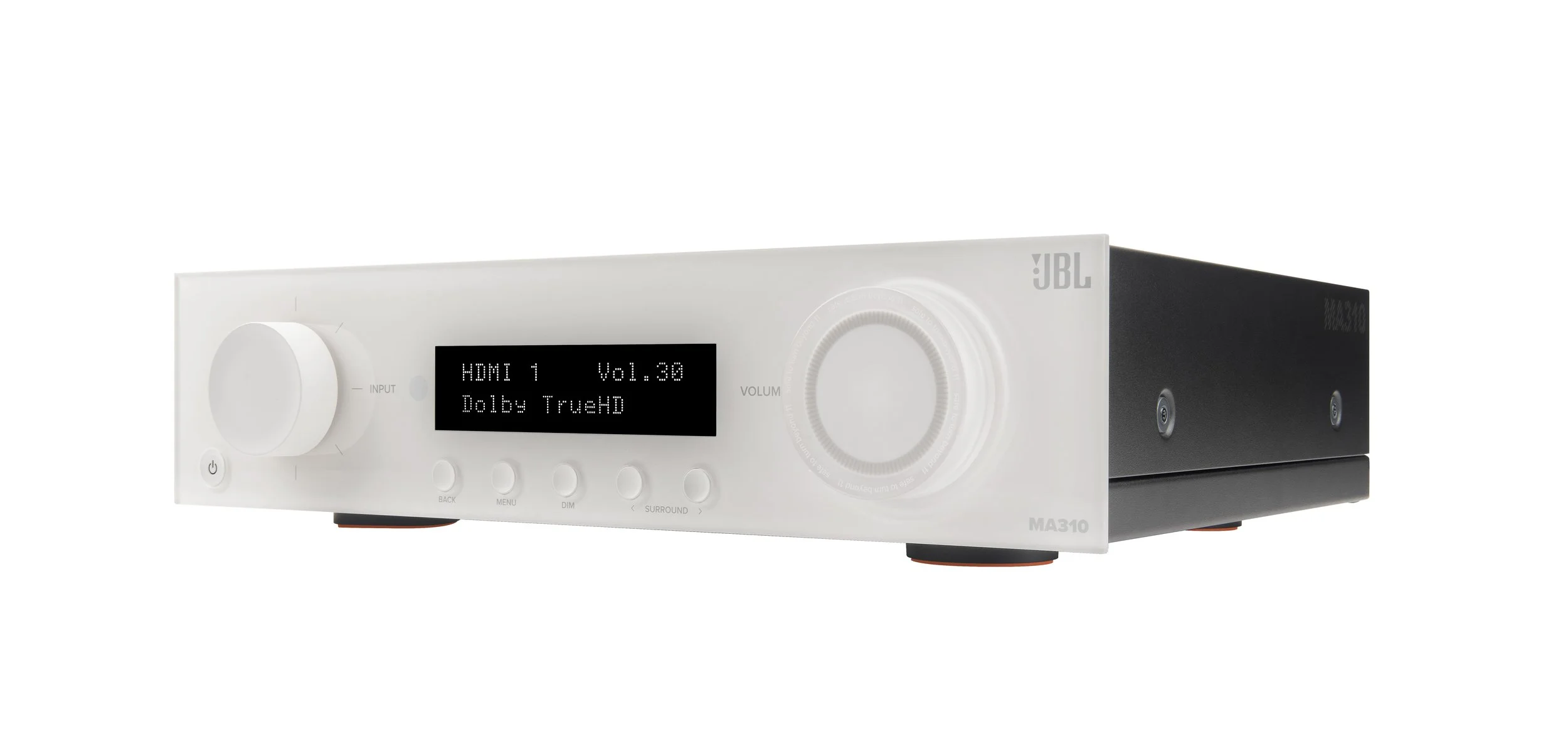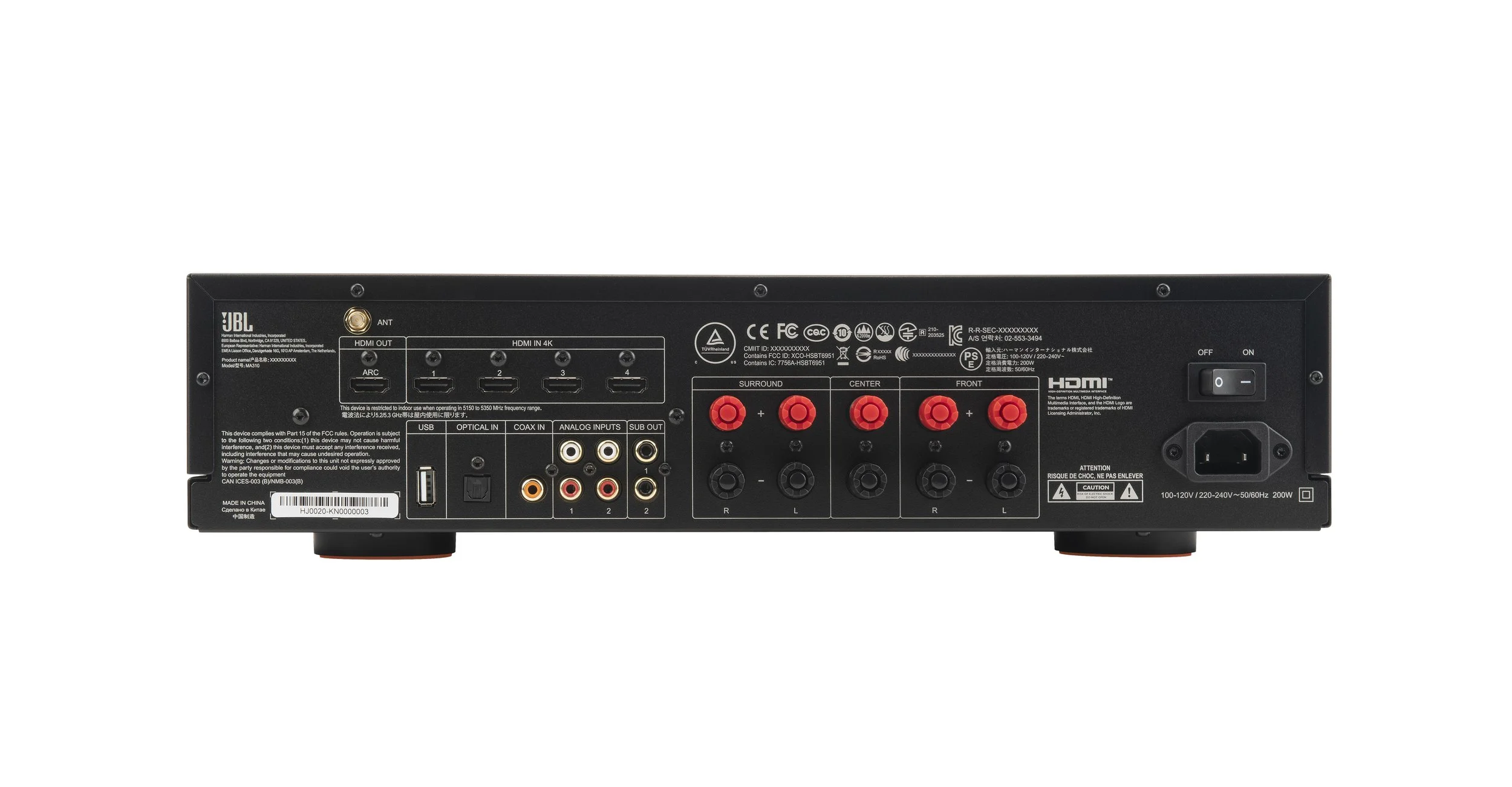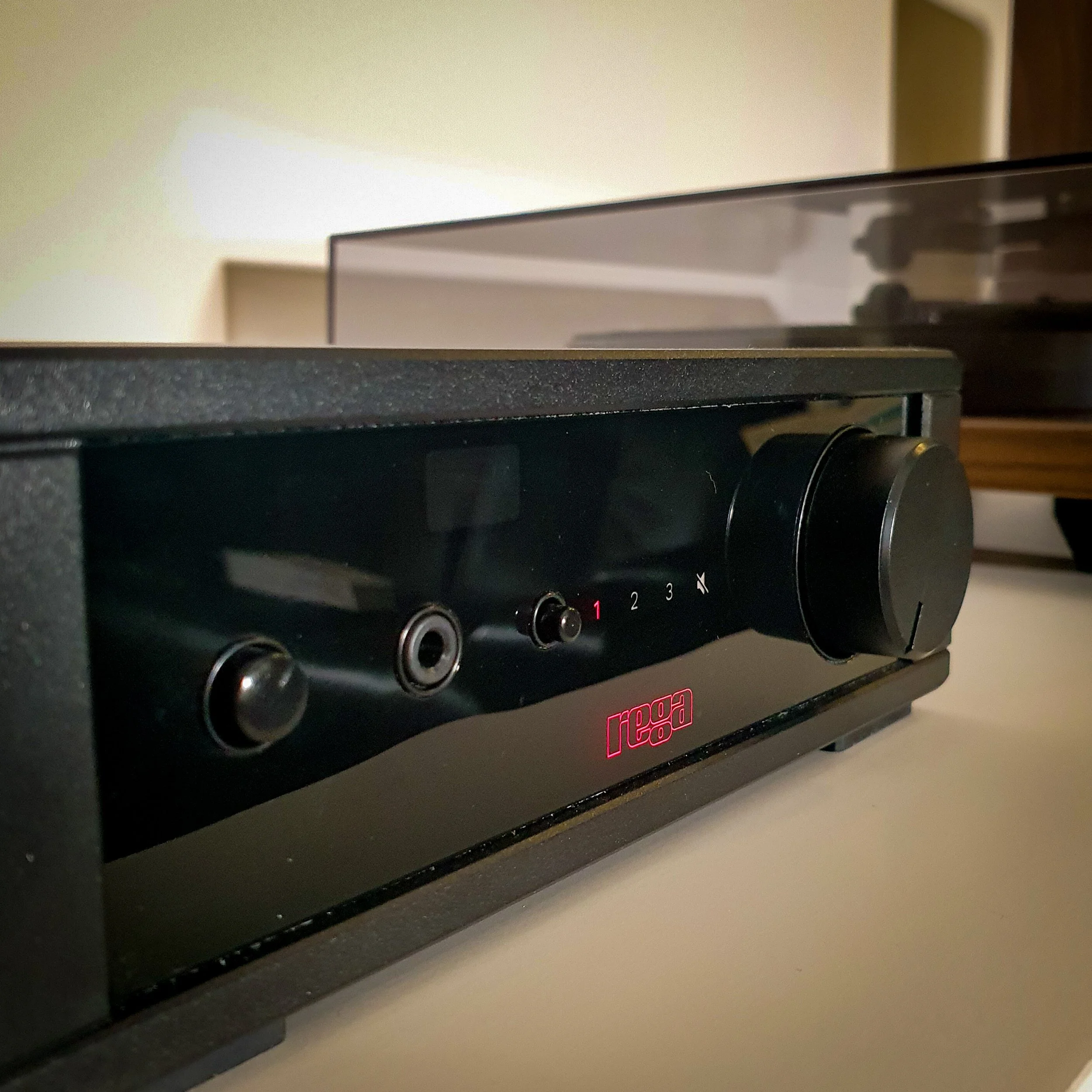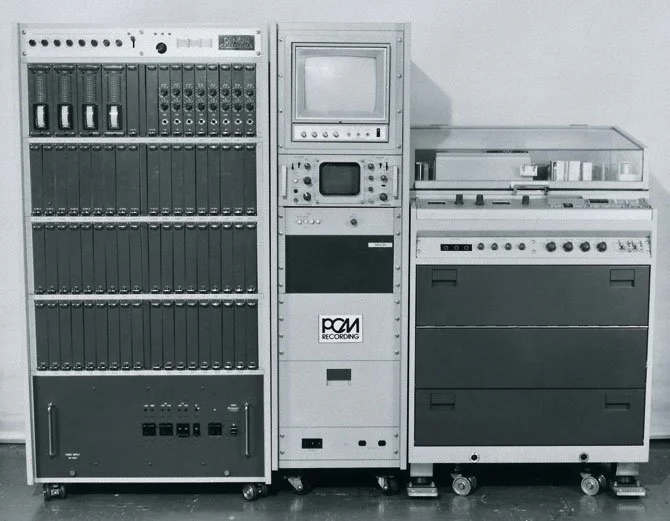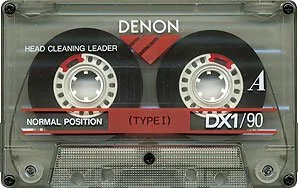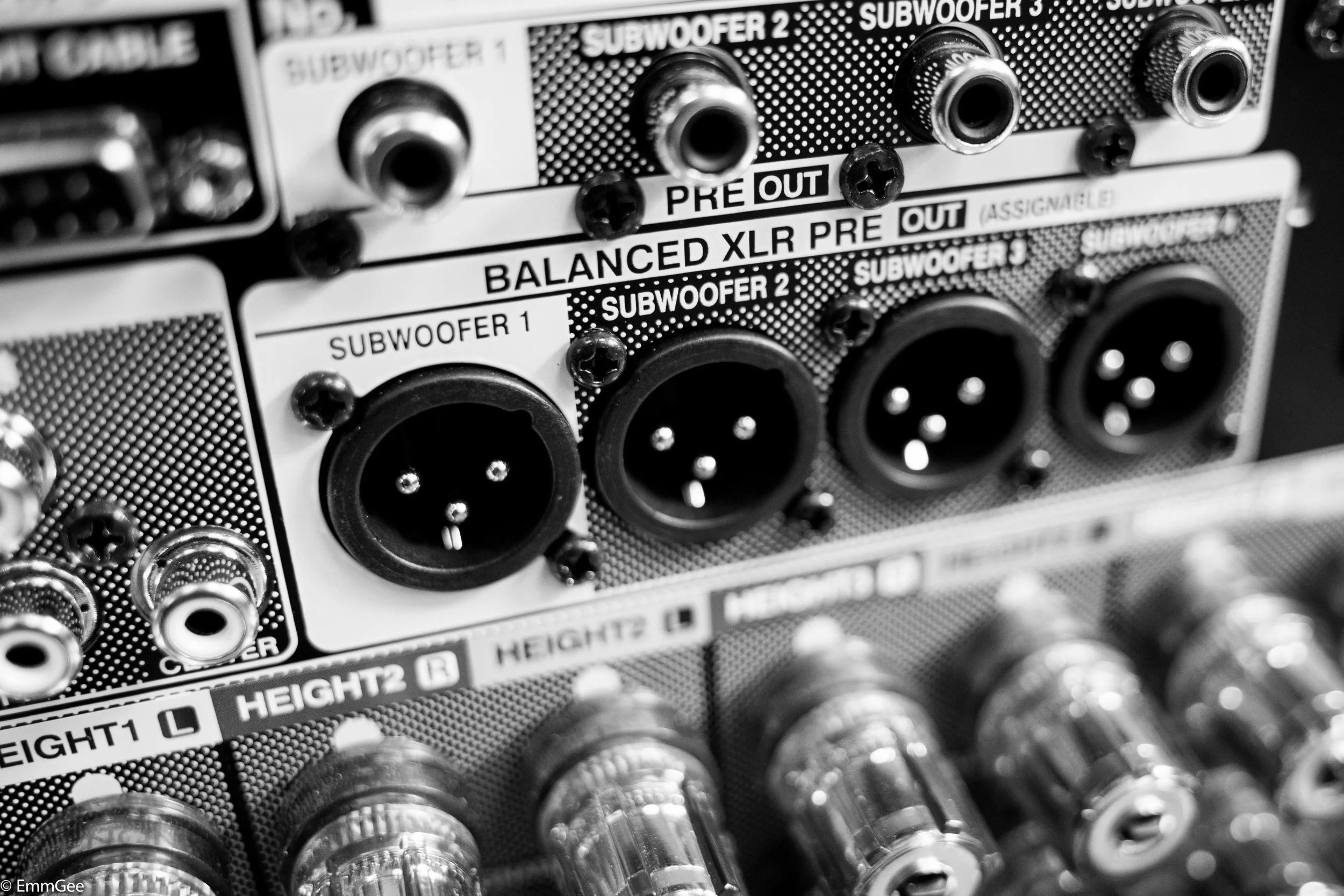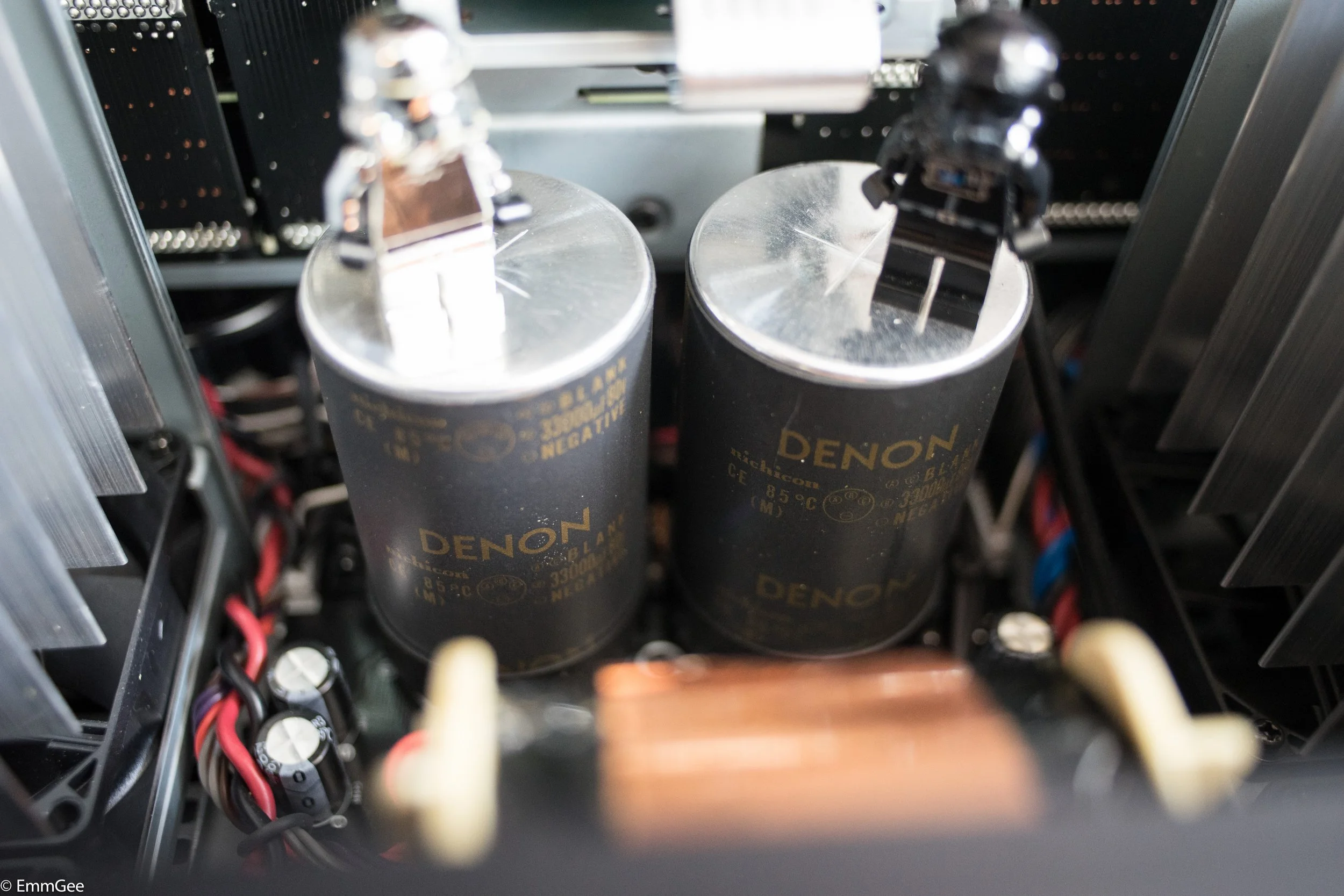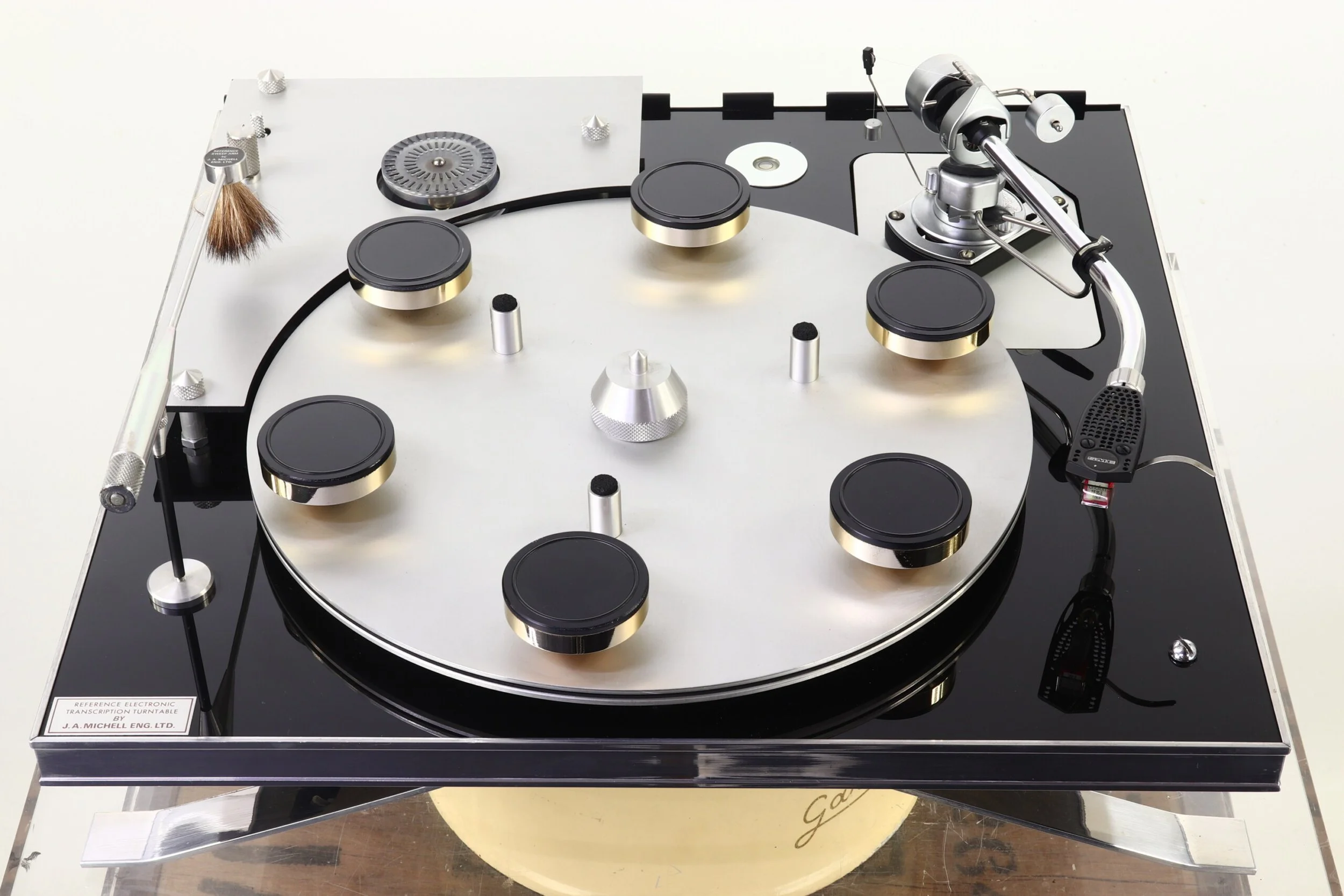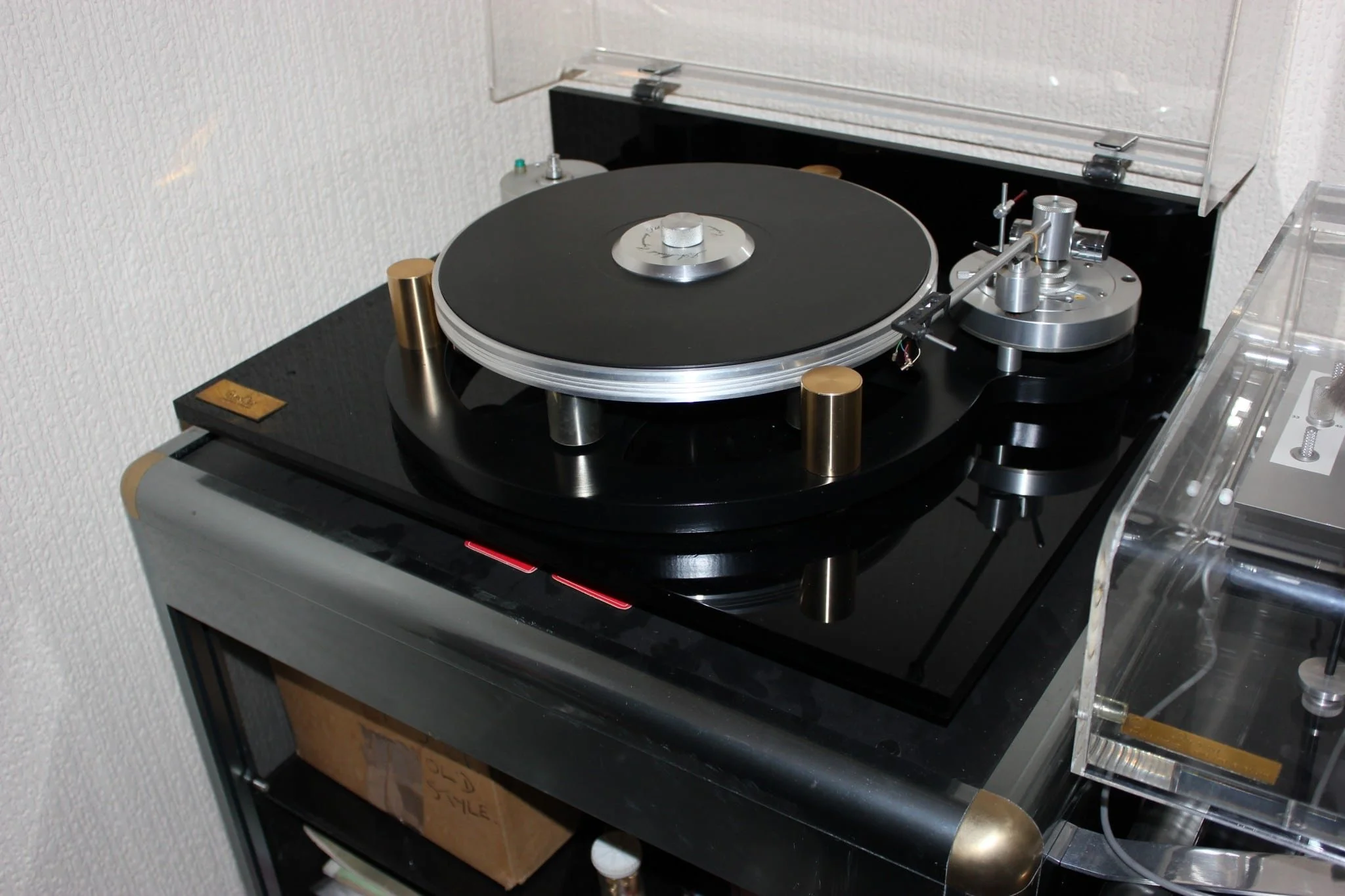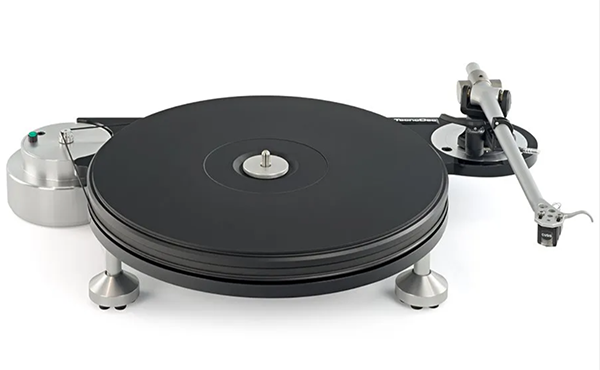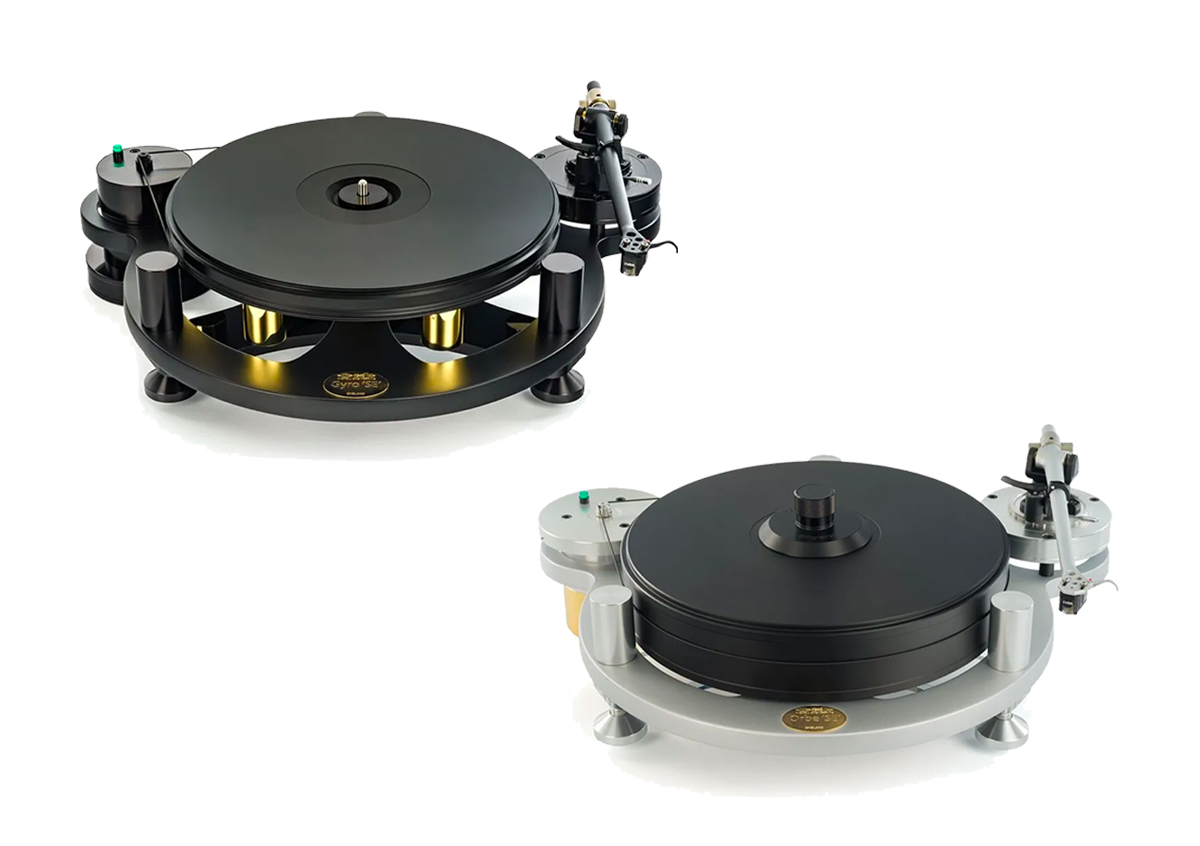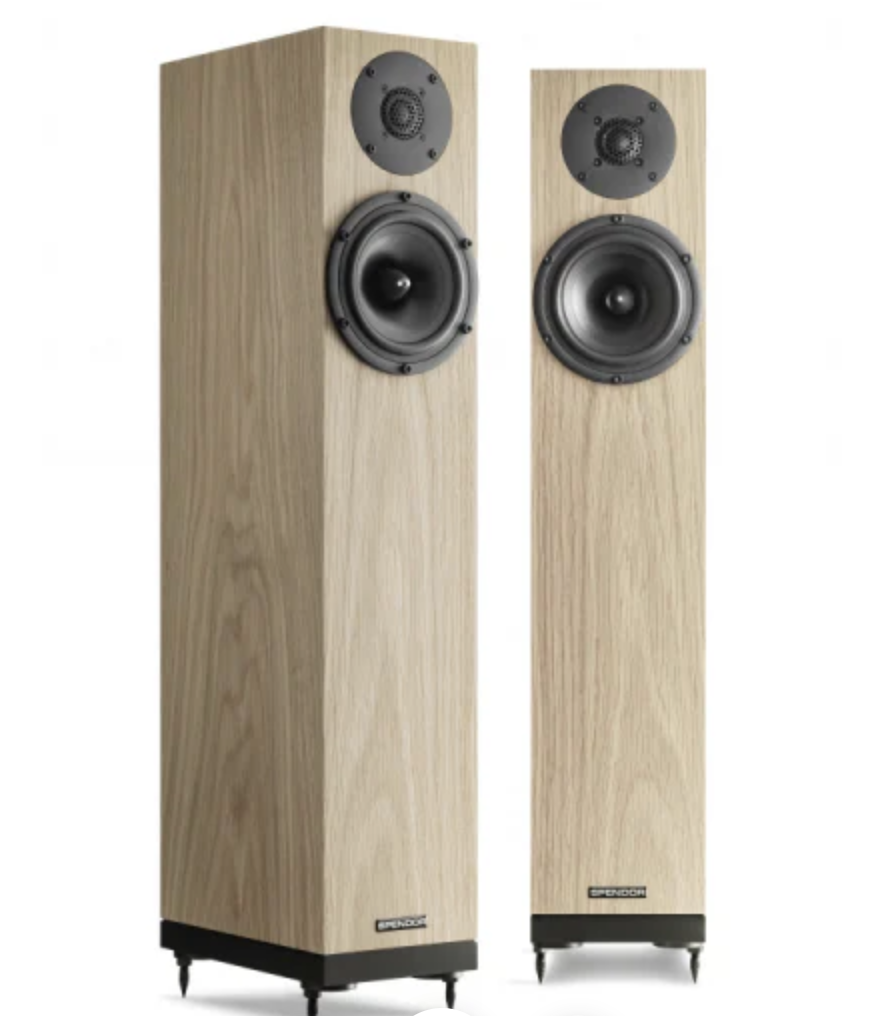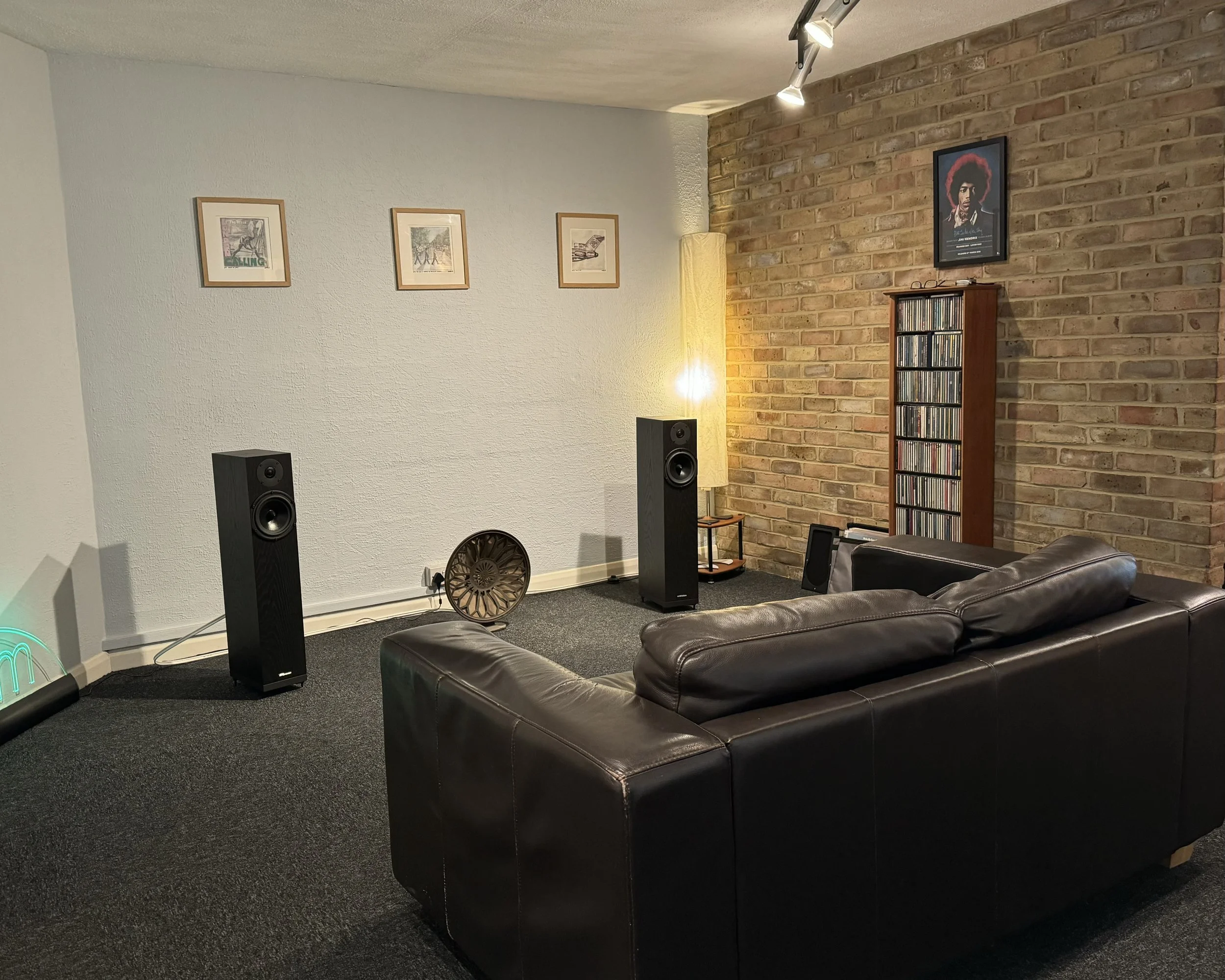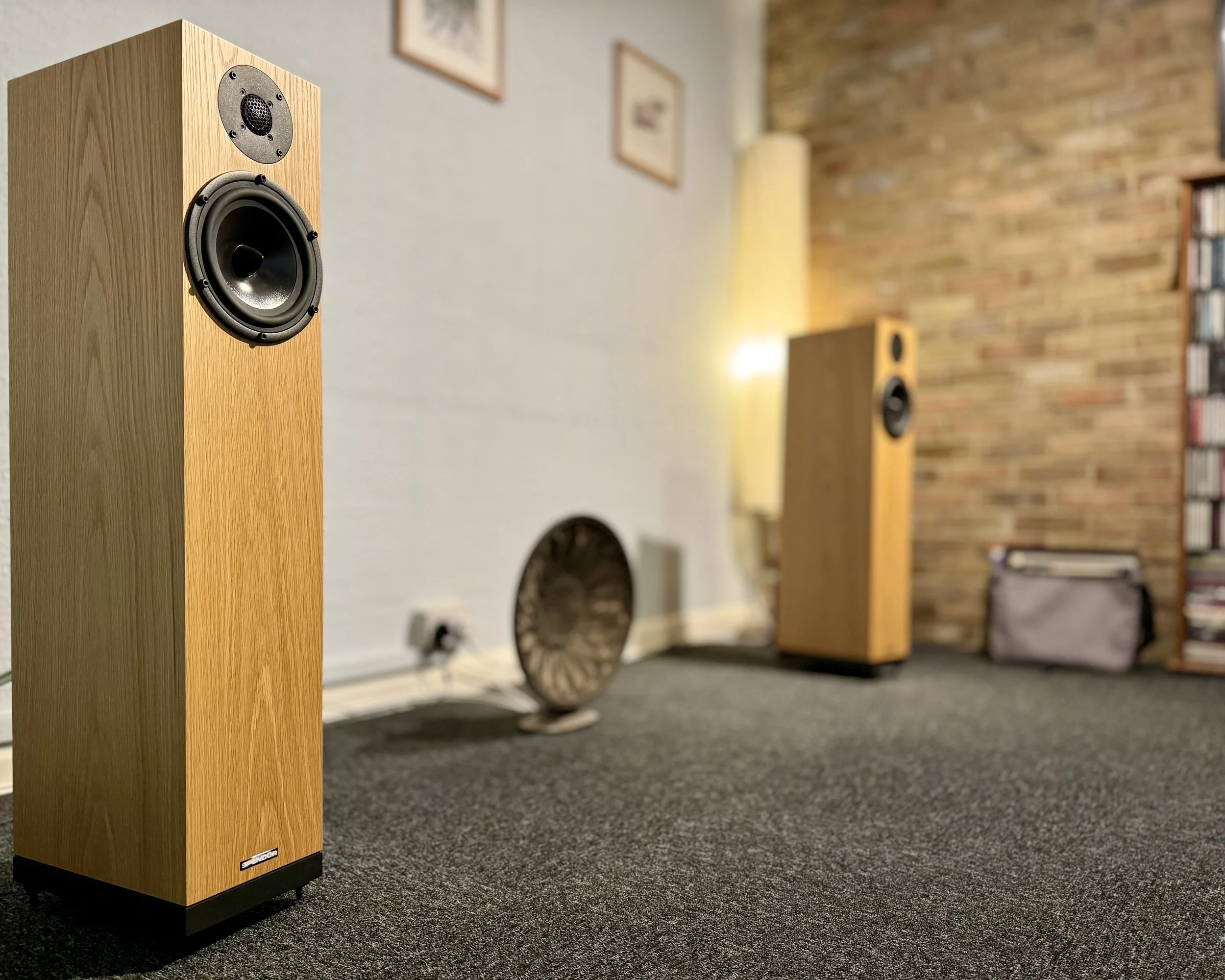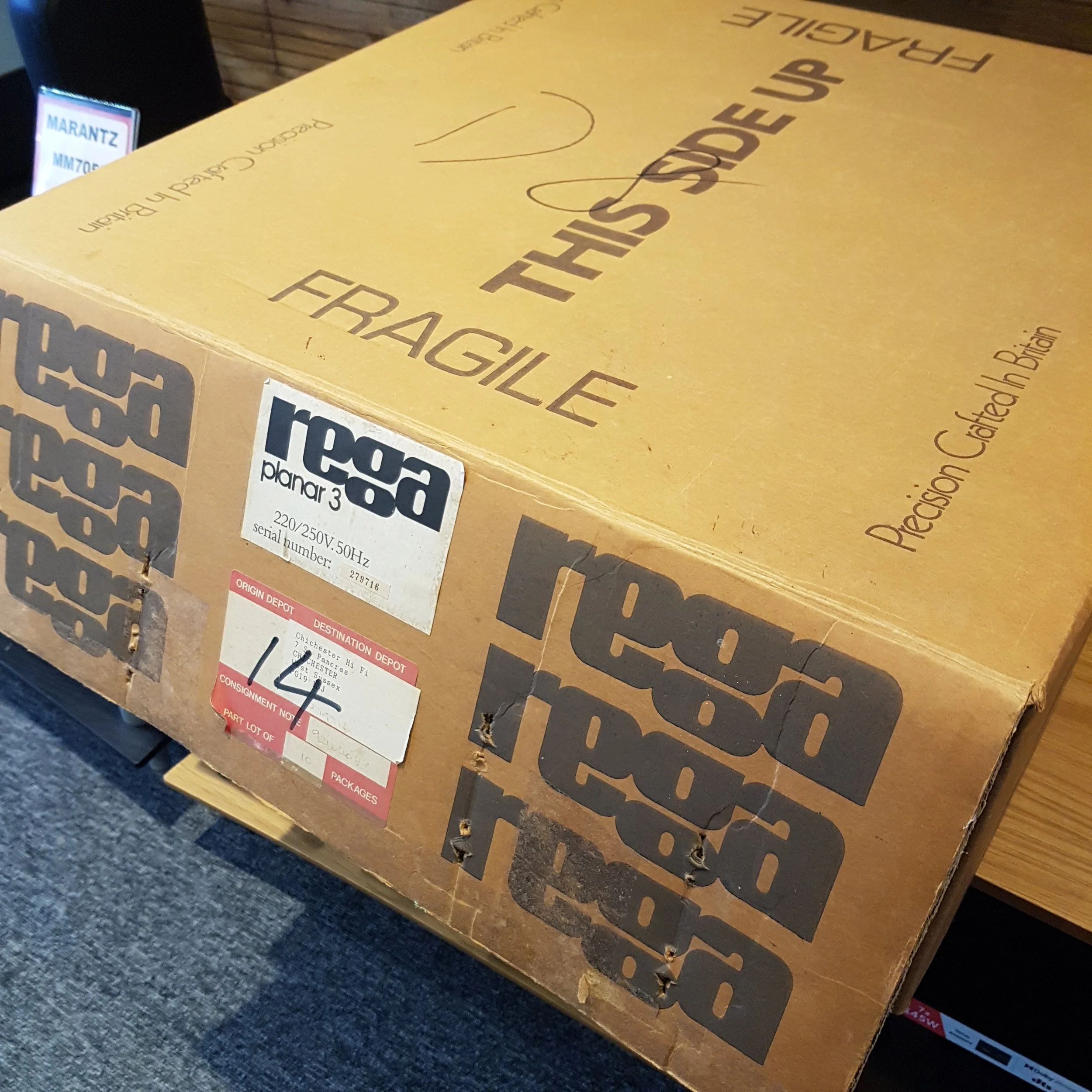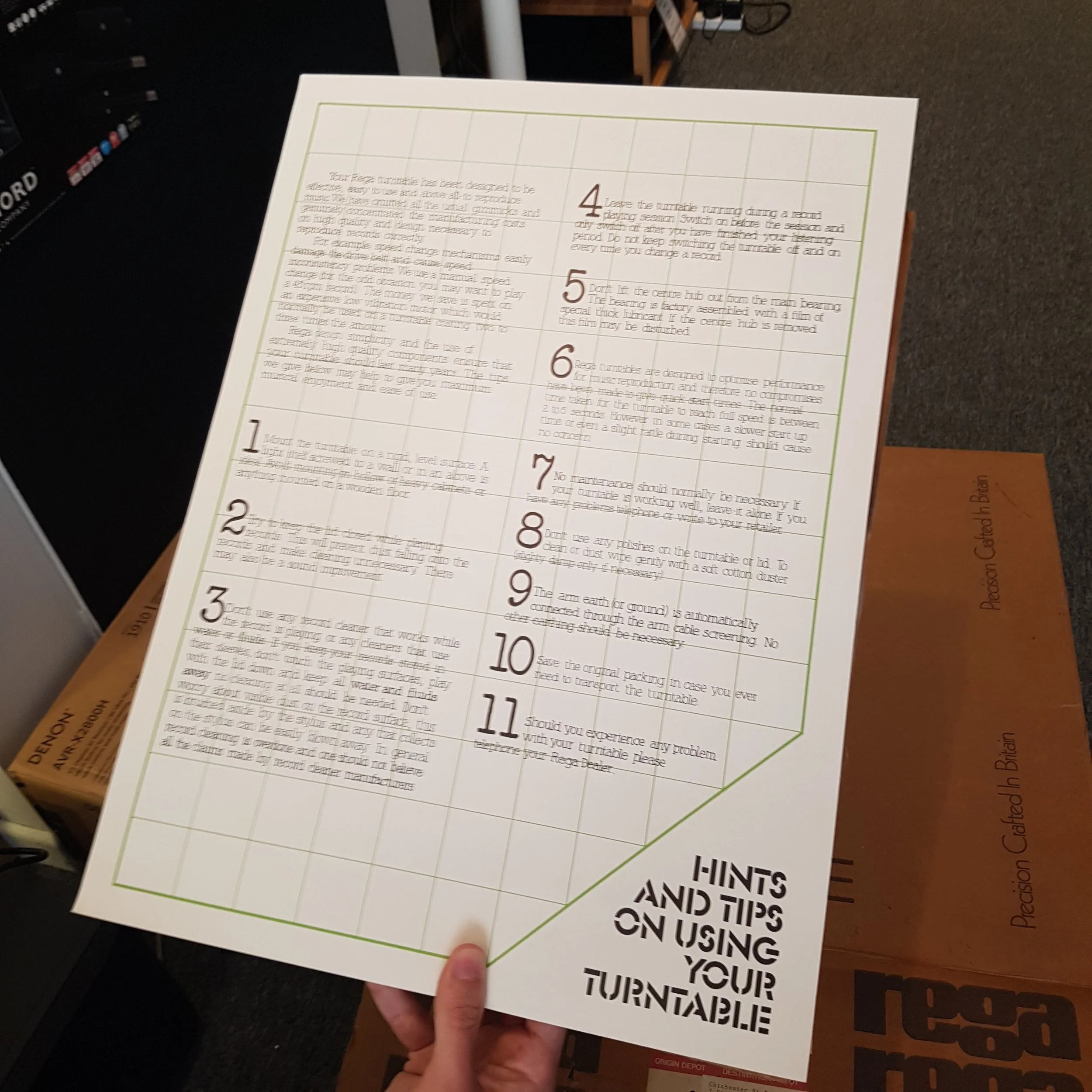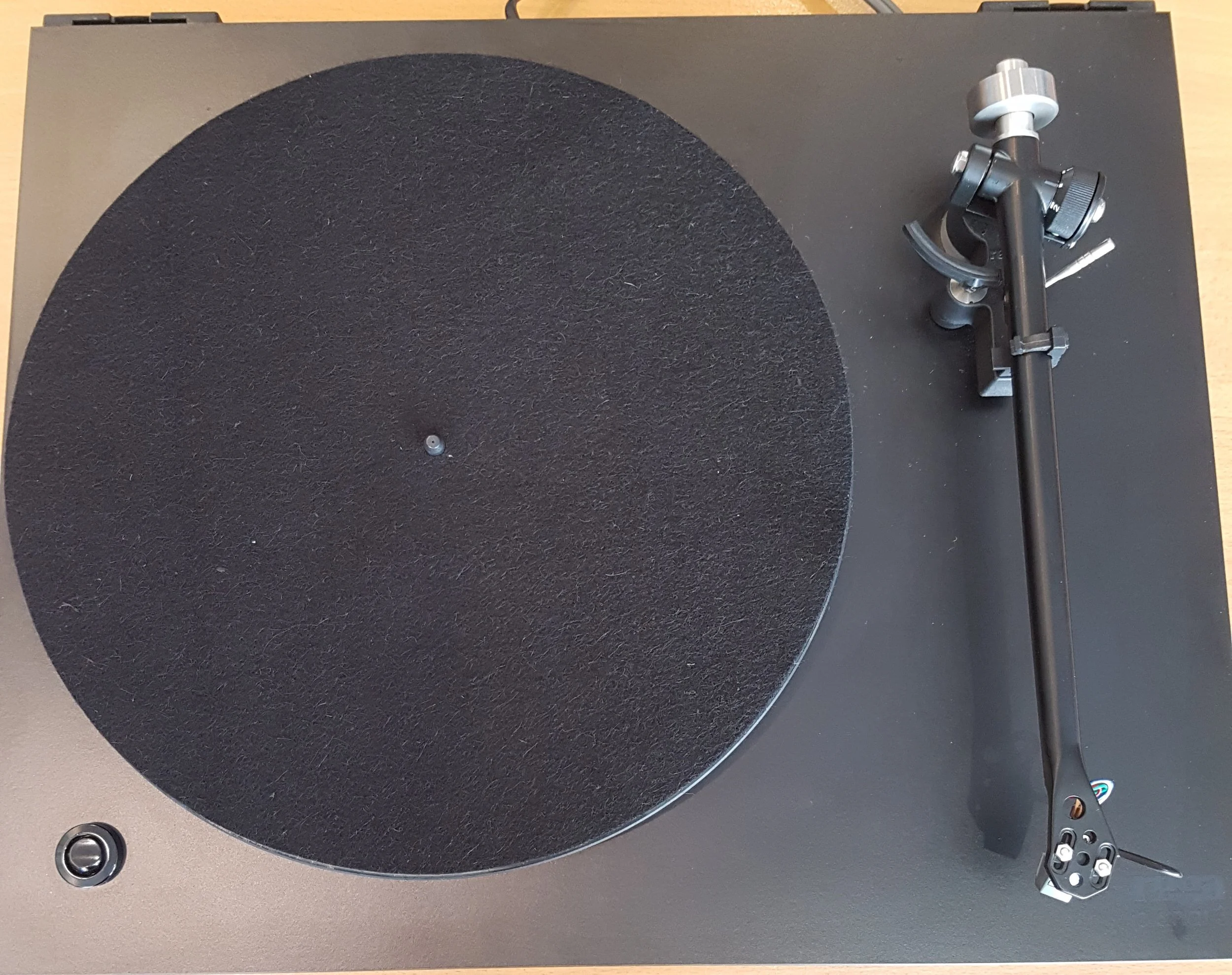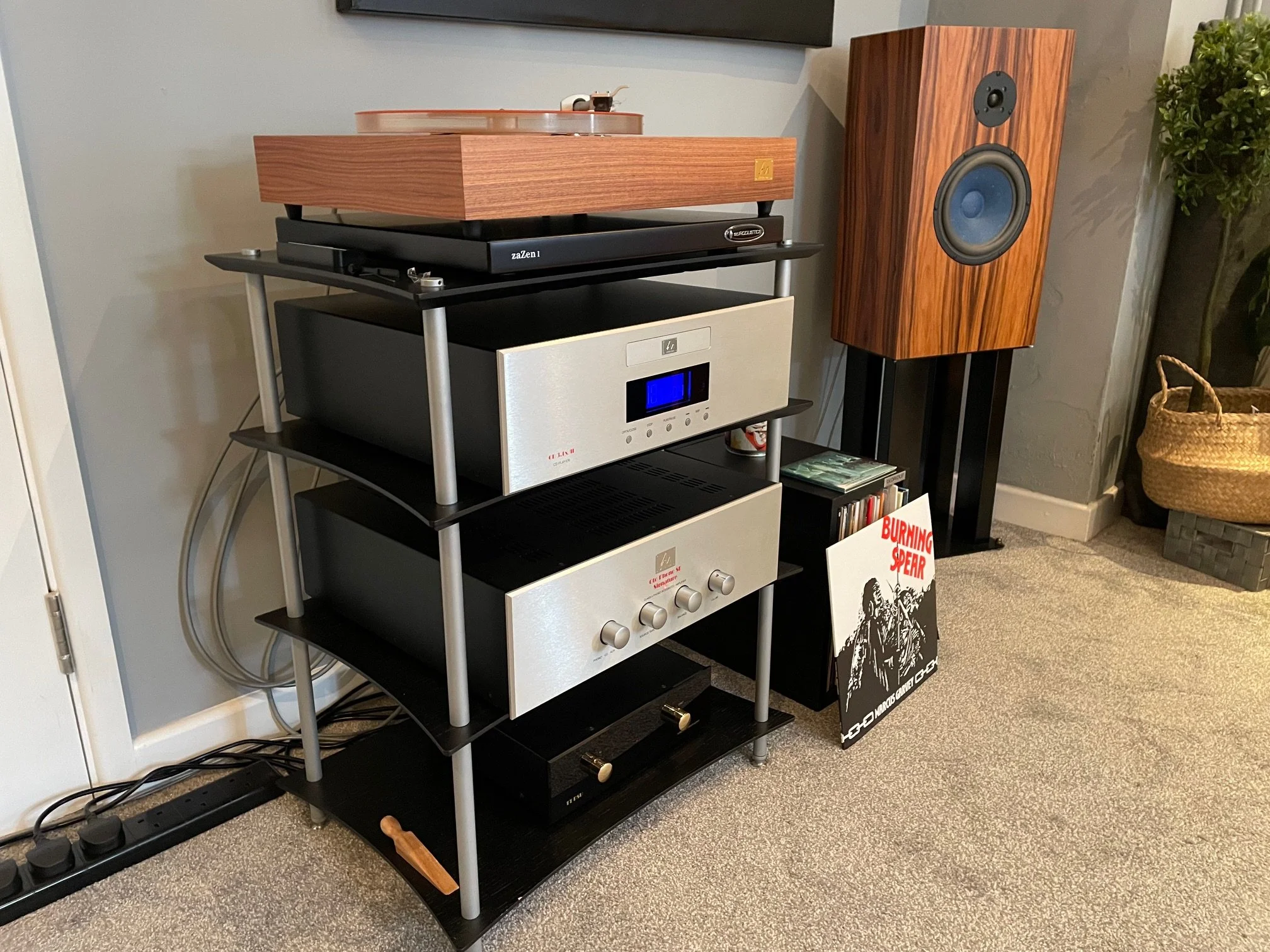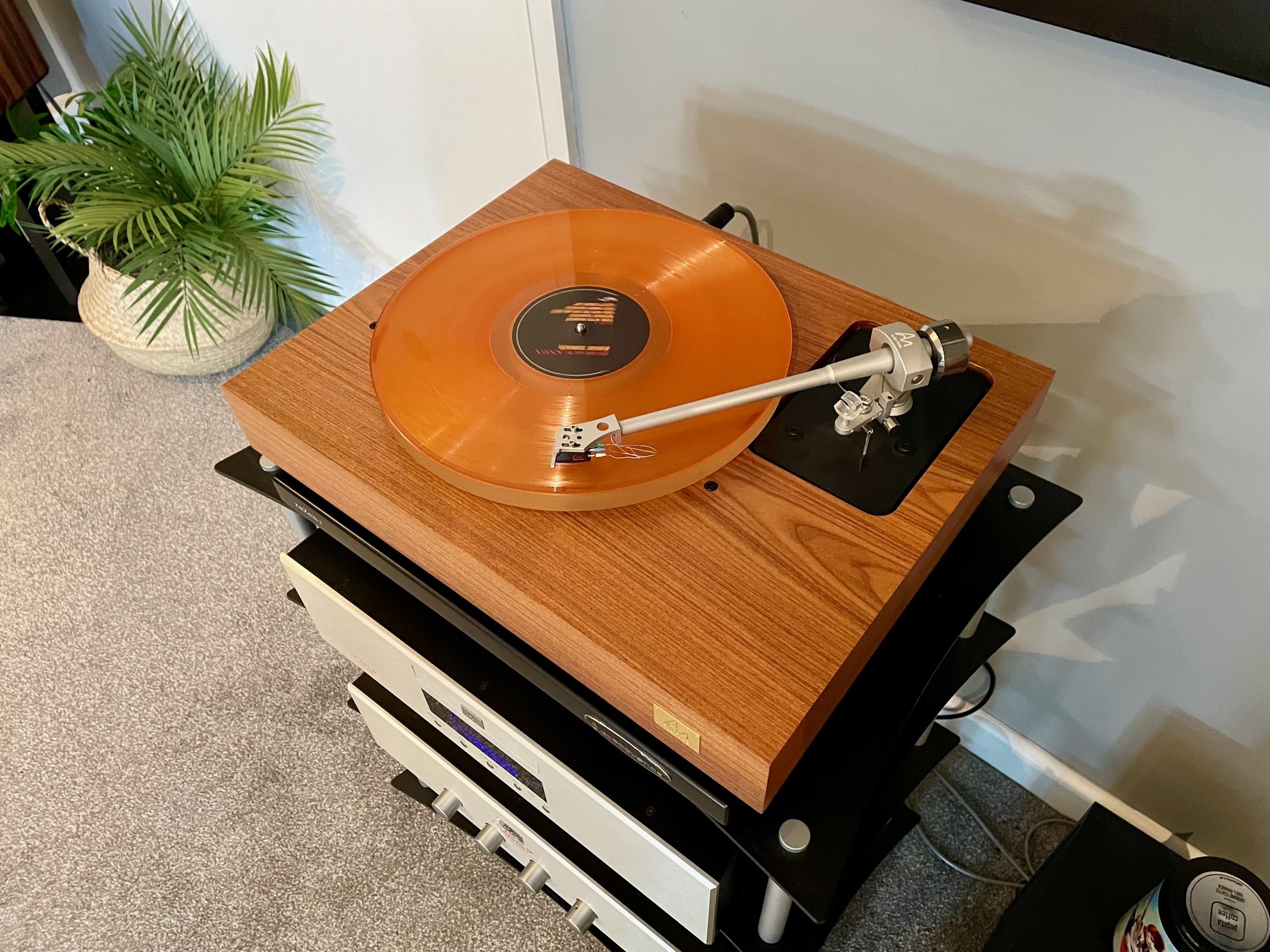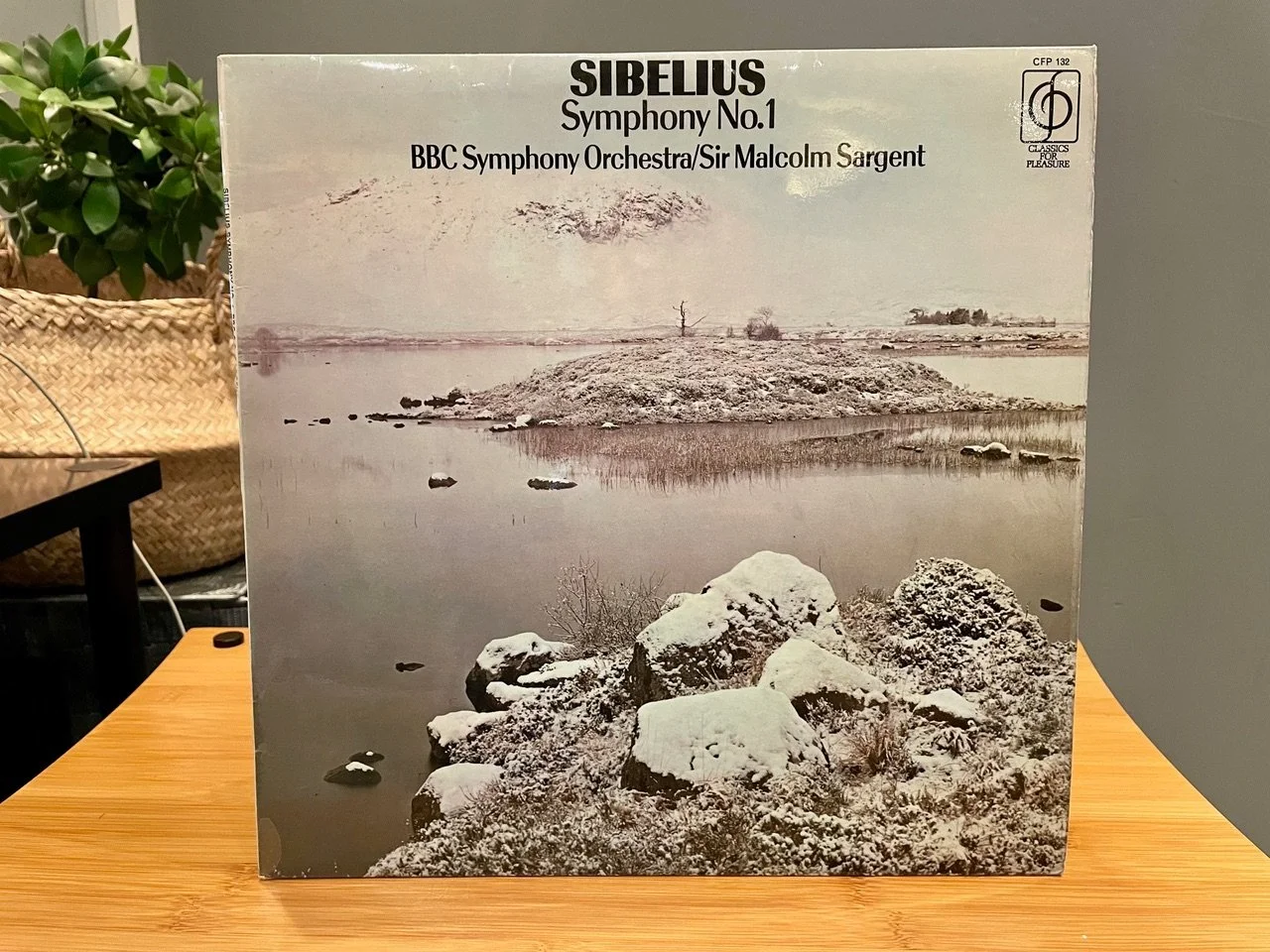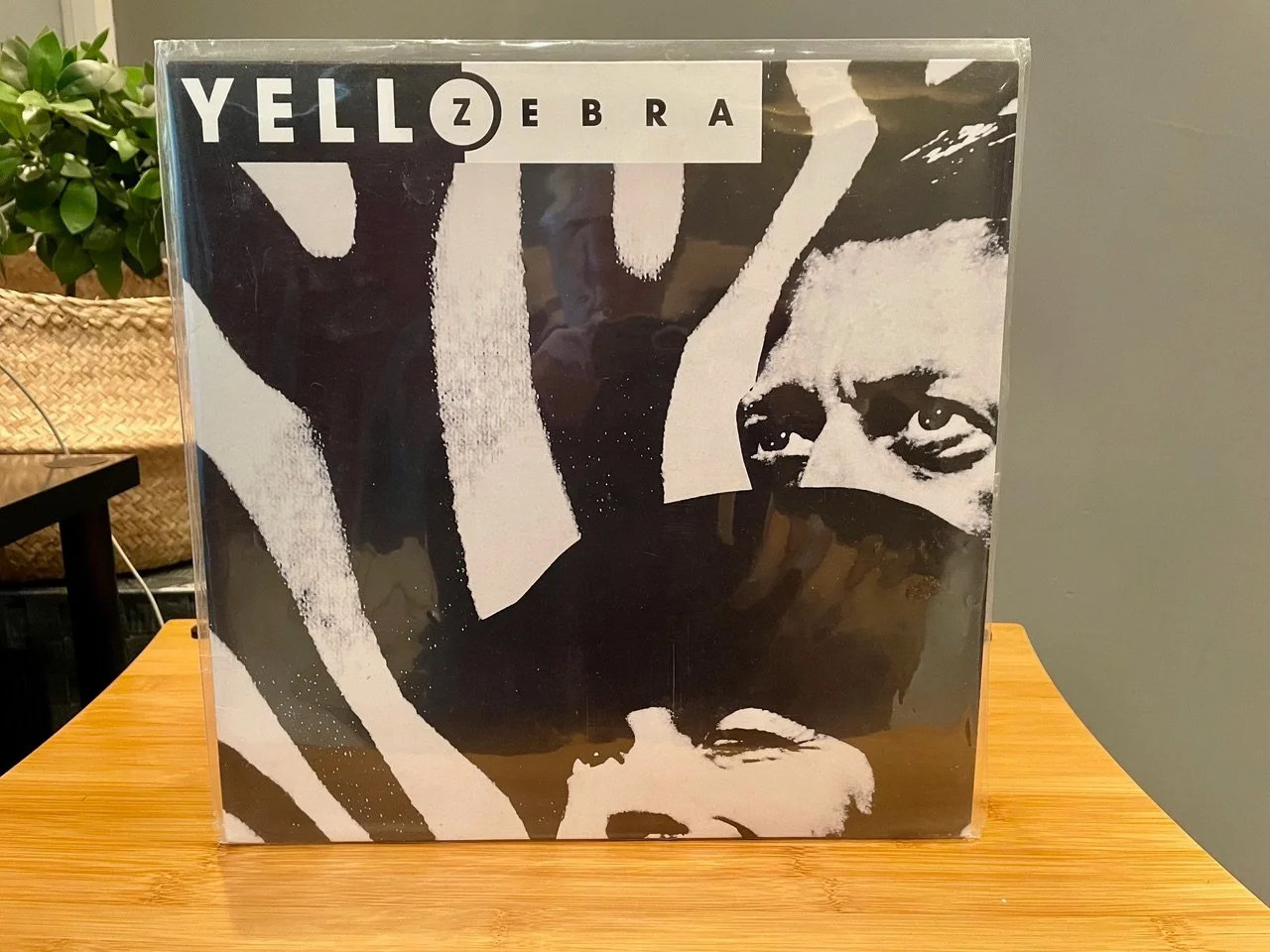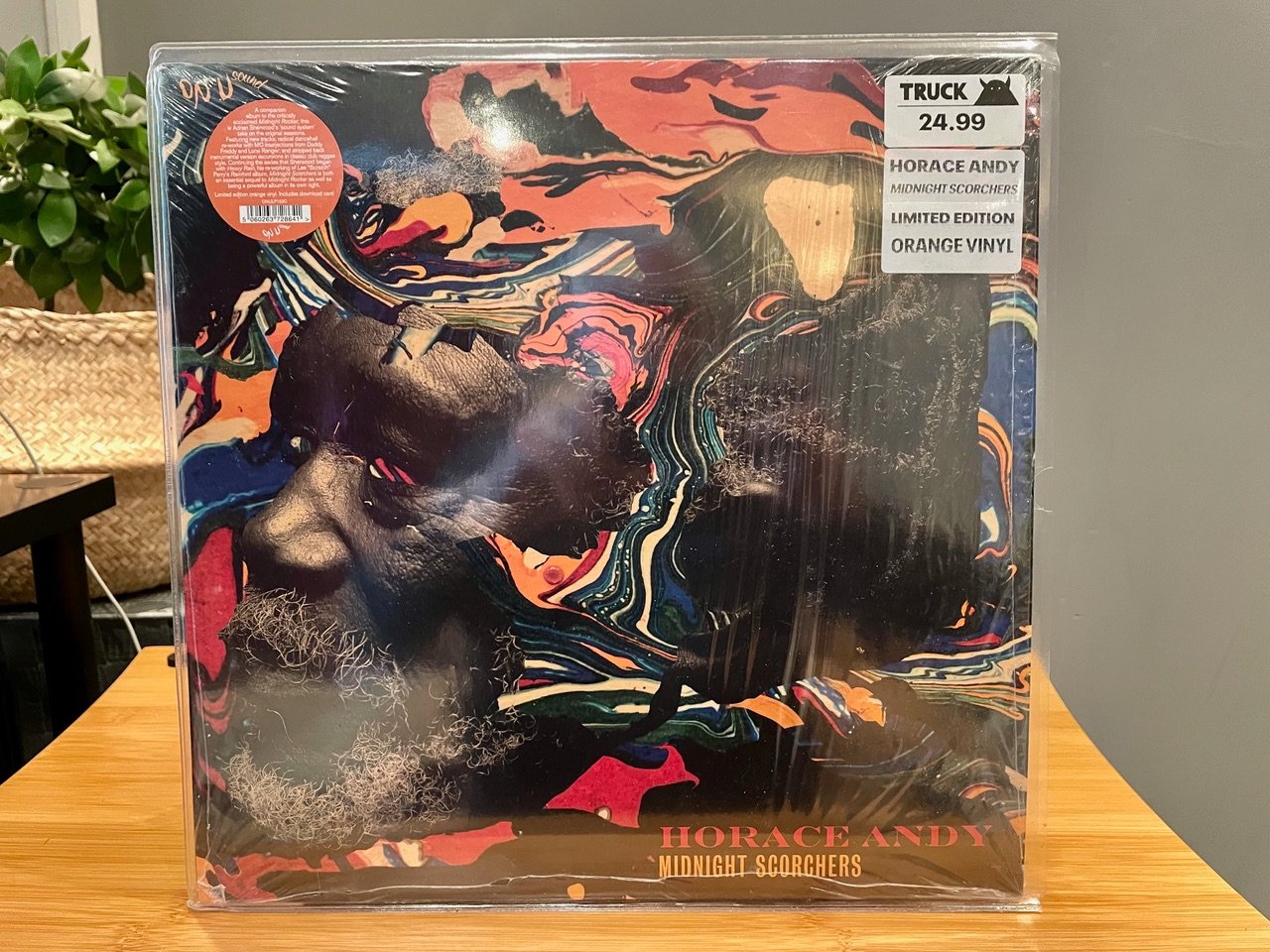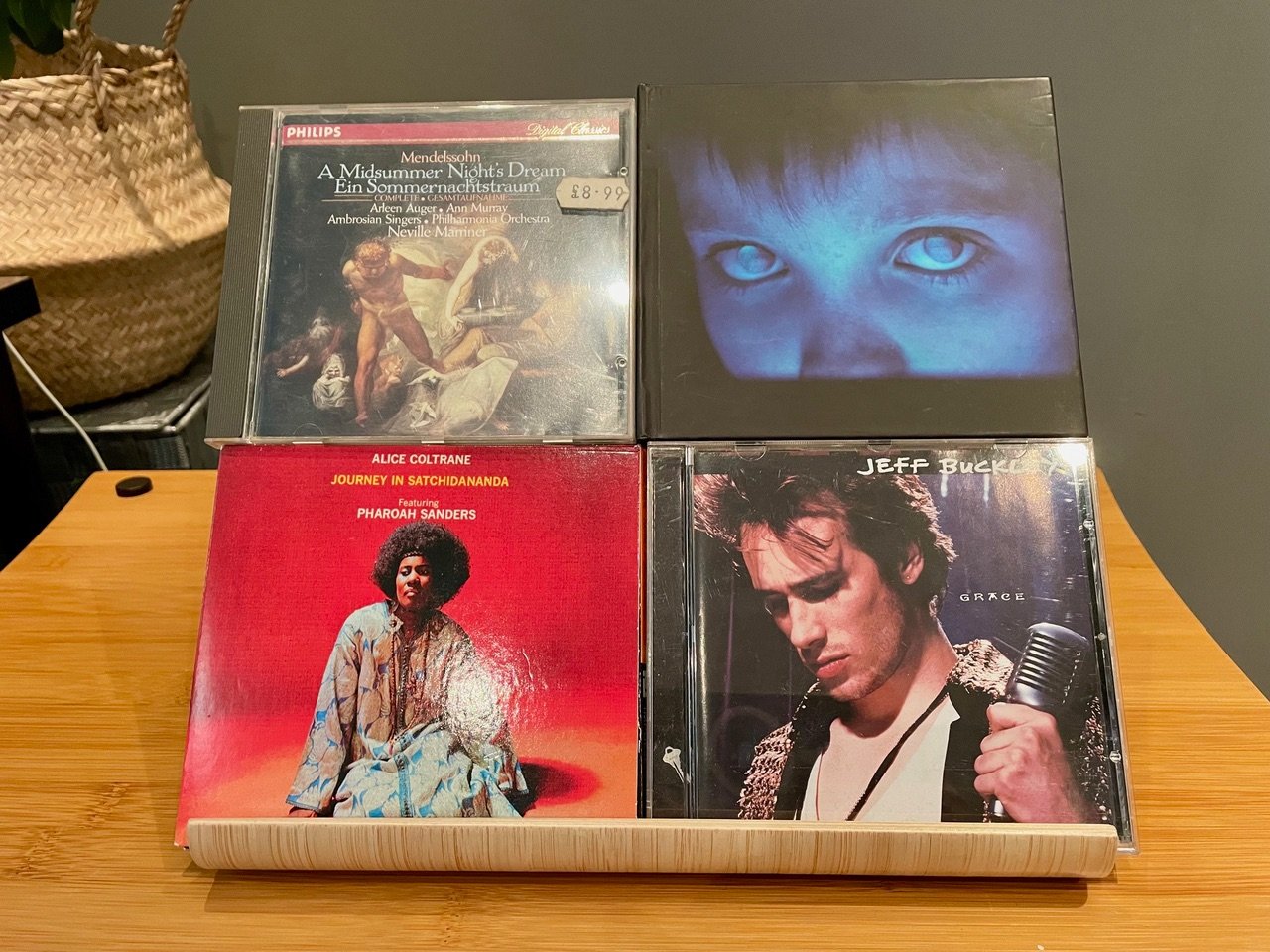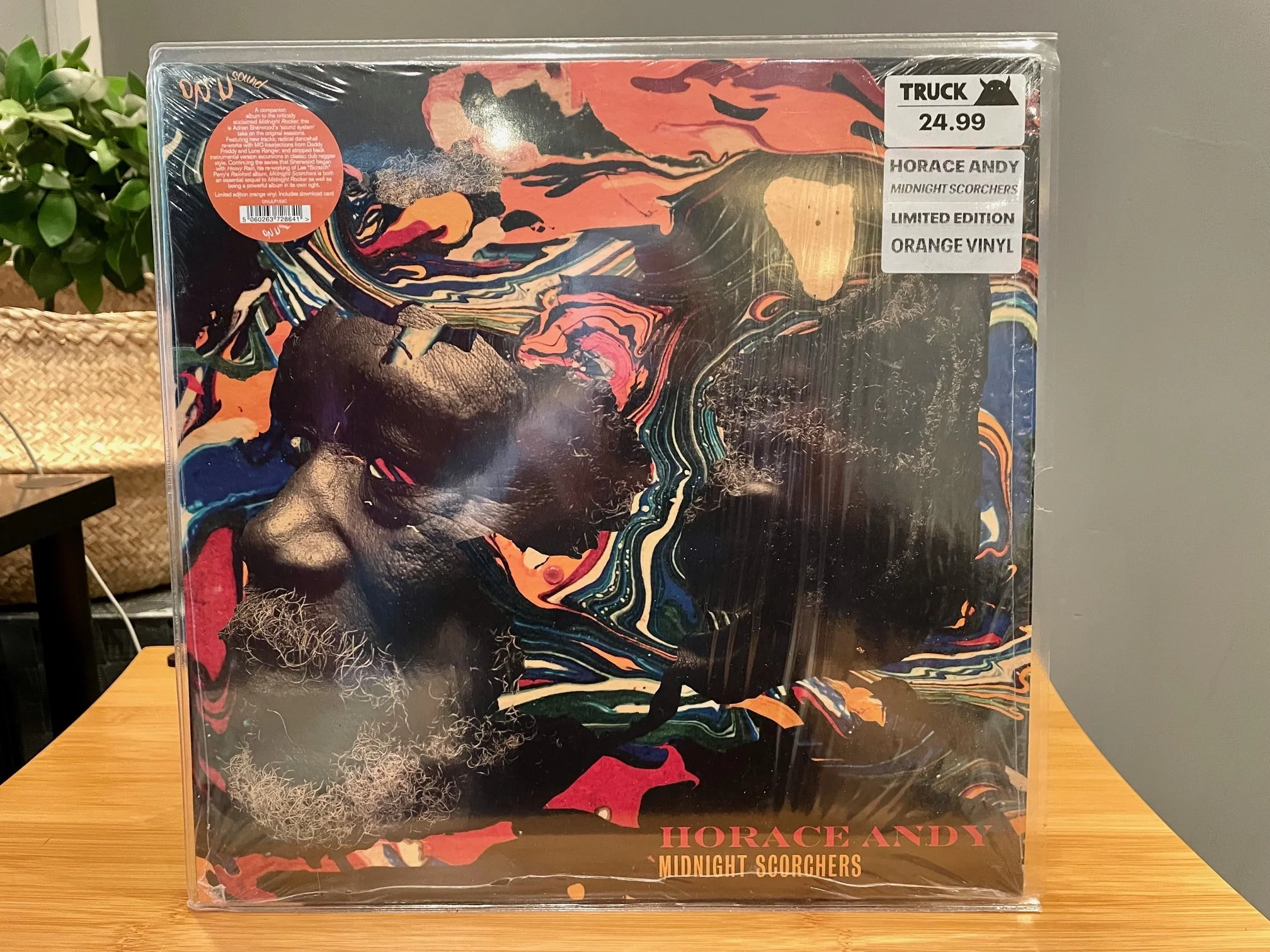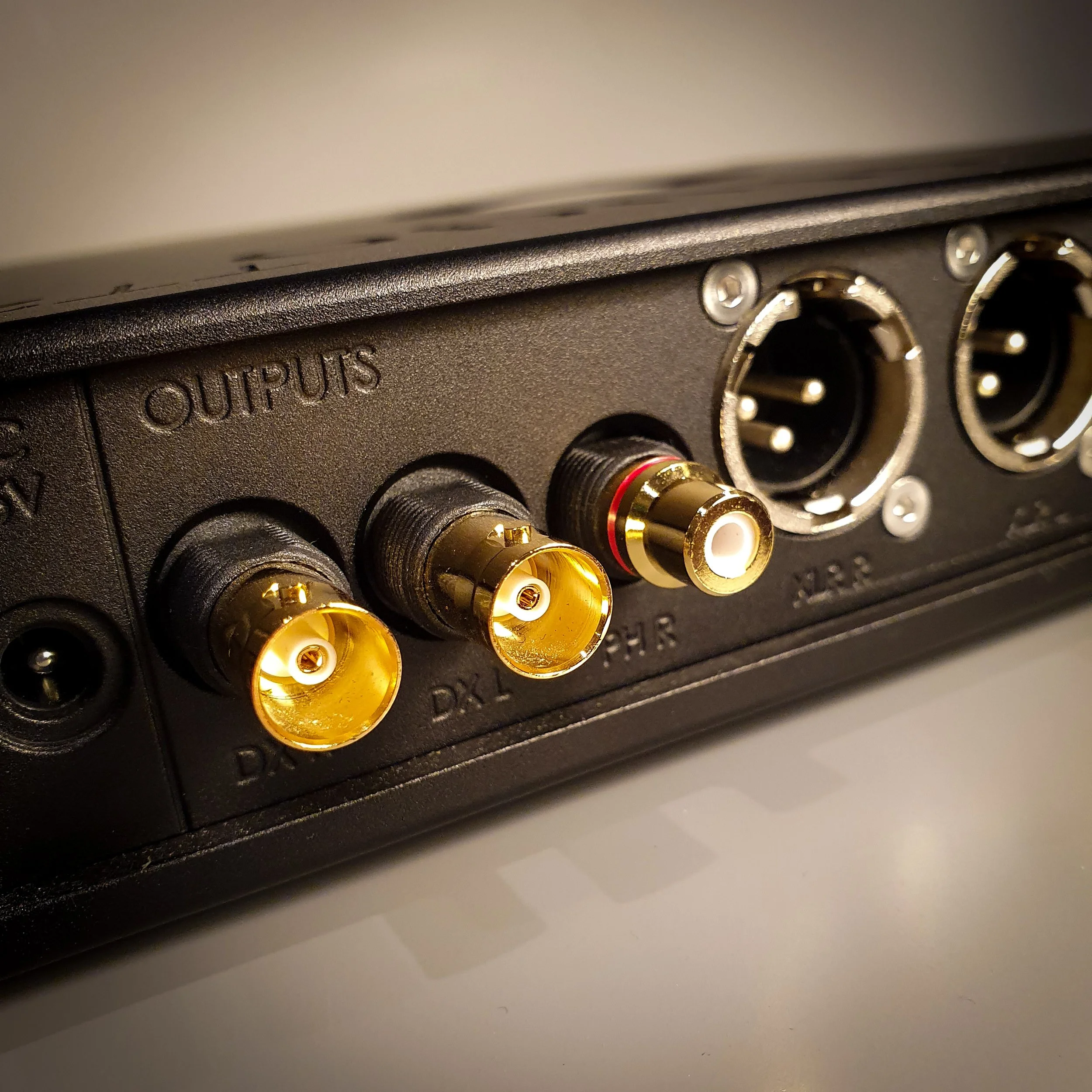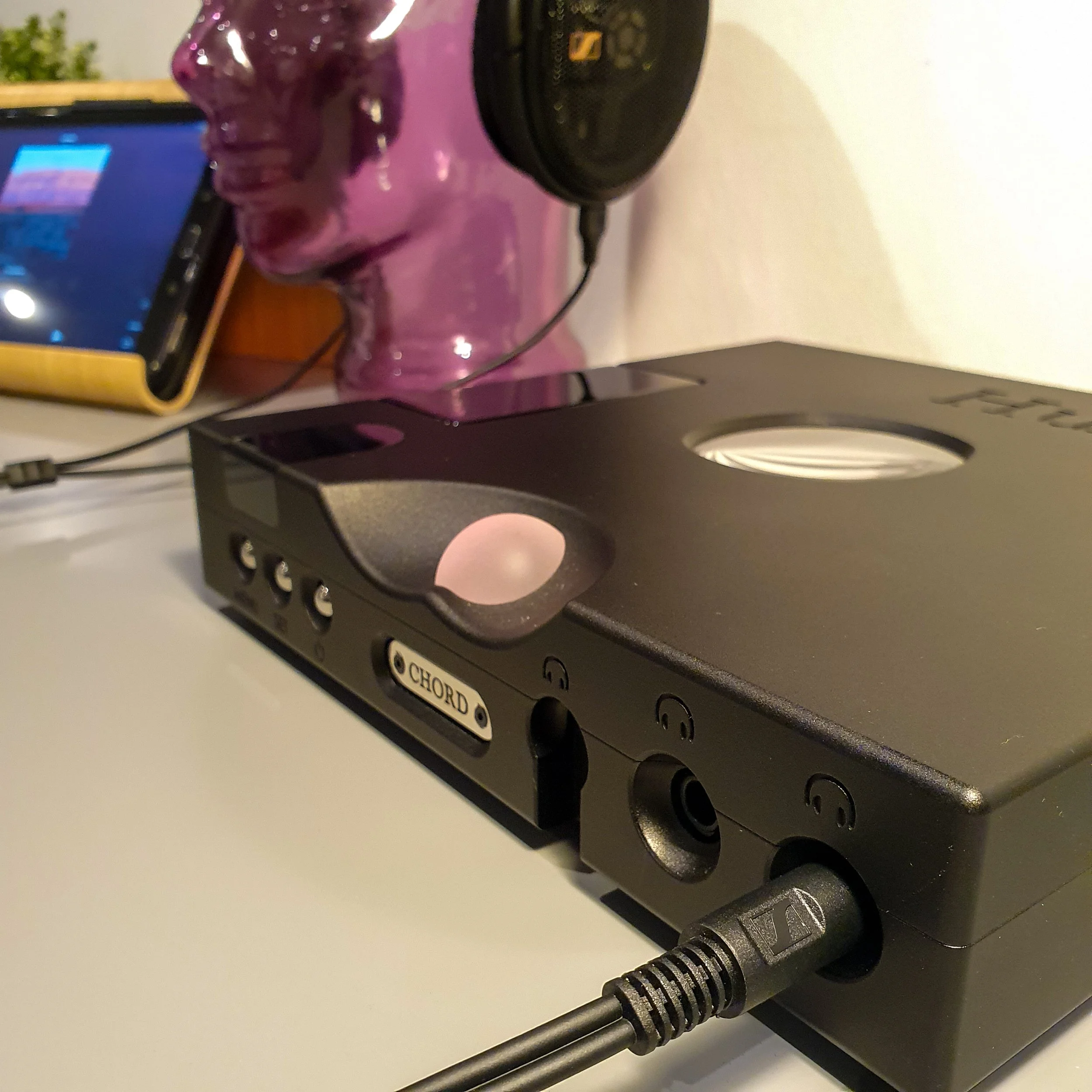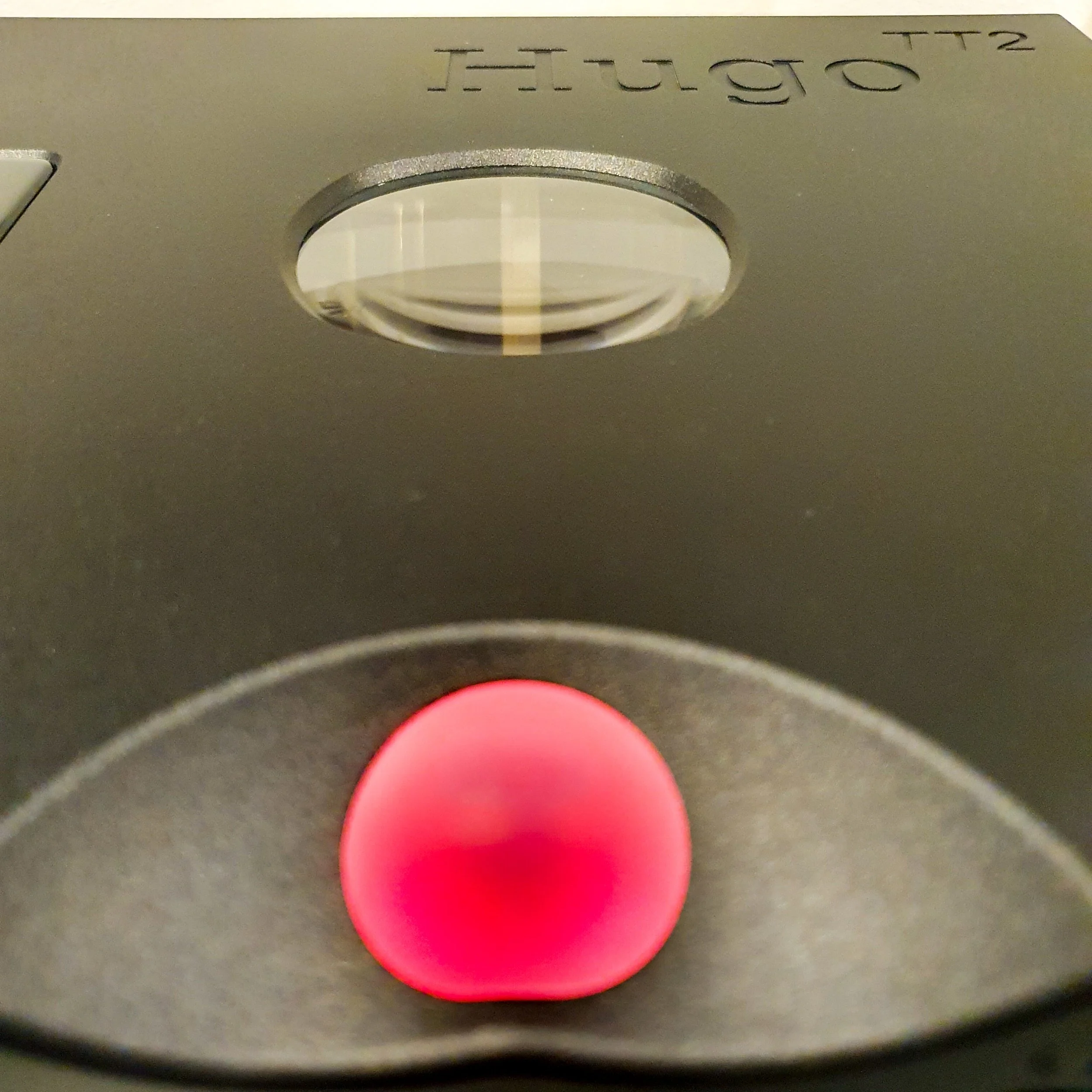Say 'Bonjour!' to the X-P700 Preamp & X-A160EVO Power Amp from Advance Paris!
/At Audio T Southampton we’ve been eagerly anticipating the arrival of a number of products from Advance Paris. Amongst many new toys that we have booted up and played with since their arrival are the X-P700 preamplifier and the X-A160 EVO power amplifier. So without further ado, let's dive in…
When the pre and power amp were delivered, they were immediately put to use in driving a pair of Acoustic Energy Corinium speakers in the striking British Racing Green. We were pleasantly surprised with the sound straight out of the box. Even without time to run in the equipment, it was apparent that the synergy with the speakers was one to be savoured, utilising the Corinium’s natural warmth and their own inherent clean and warm signature sound to produce a wide and natural soundstage and sound, almost making the speakers disappear completely!
The Advance Paris X-P700 (Right) and the X-A160EVO (left)
Now you might expect these items, especially with what I described above, to be rather costly, however this is thankfully not the case. Each unit costs a modest £1,500*, meaning that you can have a separate pre and power system for a fraction of what you thought it would cost! And asides from the affordable price points, the pre-amplifier is chock full of various features and settings to play with.
X-P700 Preamp
The X-P700 has an extensive range of inputs, both analogue and digital, that meet the requirements of most, if not all listeners. This includes a switchable phono stage that allows you to use either an MM, High Output MC or Low Output MC turntable seamlessly. Also included in this is 2 optical, one coaxial and a USB input for any of your digital sources, utilising the powerhouse Burr Brown PCM 1796 DAC, capable of converting digital files/sources all the way up to 24bit/192kHz without breaking a sweat.
Other connections include a total of seven RCA inputs (excluding the phono input), an RCA record out for the tape enthusiasts and even a balanced XLR input for any of those pesky sources that only have XLR outputs.
But enough about the plethora of inputs, let's discuss the outputs. And this preamp has plenty for you to choose from. Starting with the obvious, you have both RCA and XLR outputs to go to your power amp or active speakers, a 3.5mm and 6.3mm headphone output, and it also has 2 LFE subwoofer outputs, meaning you can have a stereo pair of subwoofers for your system. Now isn't that neat?
You can also add an optional Bluetooth Receiver to the dedicated port on the rear of the unit. I could talk about the full features of this product for hours, but you can find them here to discover at your own pace.
X-A160EVO Power Amp
Now onto the X-A160EVO power amplifier, and there isn't as much to say about this unit as as it is simply a no-frills powerhouse - No French lace here!
What we can talk about however, is the power output, which sits at a very impressive 160 watts per channel into 8 Ohms on Class A/B, meaning this power amplifier can comfortably drive arguably most speakers you decide to pair with it. But despite it being Class A/B, this beast doesn't run very warm at all, not unless you switch on its High Bias mode.
The High Bias mode is quite interesting, as the difference it makes to the sound is indistinguishable when listening at high volumes, however it shines through at lower levels. Essentially, flicking this mode on turns the amplifier into a pseudo-Class A amp.
I found that this mode cleans up some of the audio at lower levels, bringing out the bass a bit more and also making the mids and tops a little sweeter.
One of Advance Paris’ signature features is the beautiful VU meters. Both light up in a nice, cool blue LED (Which can be dimmed or even turned off).
Conclusion
The X-P700 Preamp and X-A160EVO Power Amp from Advance Paris make a fantastic pair for anyone serious about high-quality audio. The X-P700 offers precise control and super clean signal handling, ensuring your music sounds just right. The X-A160EVO Power Amp packs a serious punch, delivering powerful and clear sound thanks to its advanced design. Together, they create an amazing listening experience that's rich, detailed, and immersive. For those who want to take their audio setup to the next level, this combo is a top-notch choice that won't disappoint. But why take my word for it?
If you have any further queries on these products, or would like to book a demonstration to listen to these or any Advance Paris products, don't be afraid to call us and ask/request!
Thanks for reading
Tiago - Audio T Southampton.
If you have any questions about any of the equipment featured in this article, or any other Hi-Fi or home cinema enquiries, be sure to Contact Us.
If you’ve enjoyed this, why not go ahead and read some more of our other blogs, and be sure to follow us on our social media channels below…
Advance Paris can be found at the following Audio T stores


